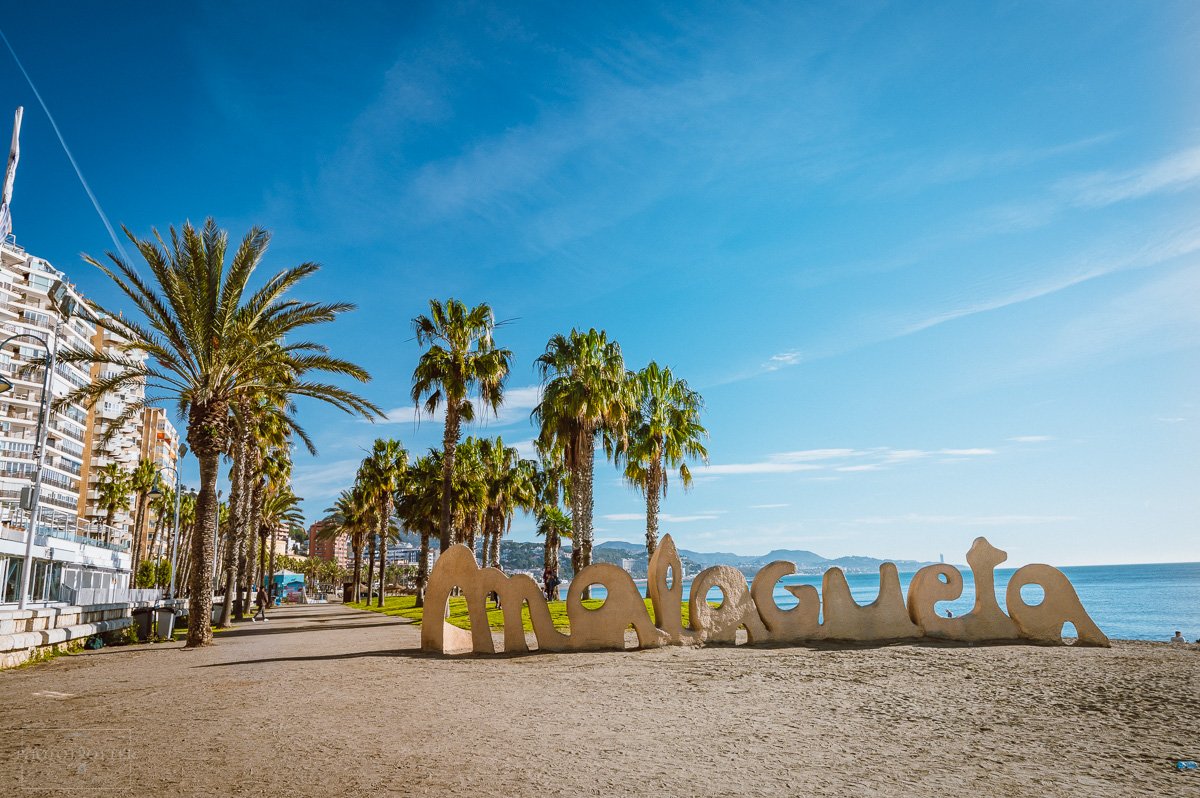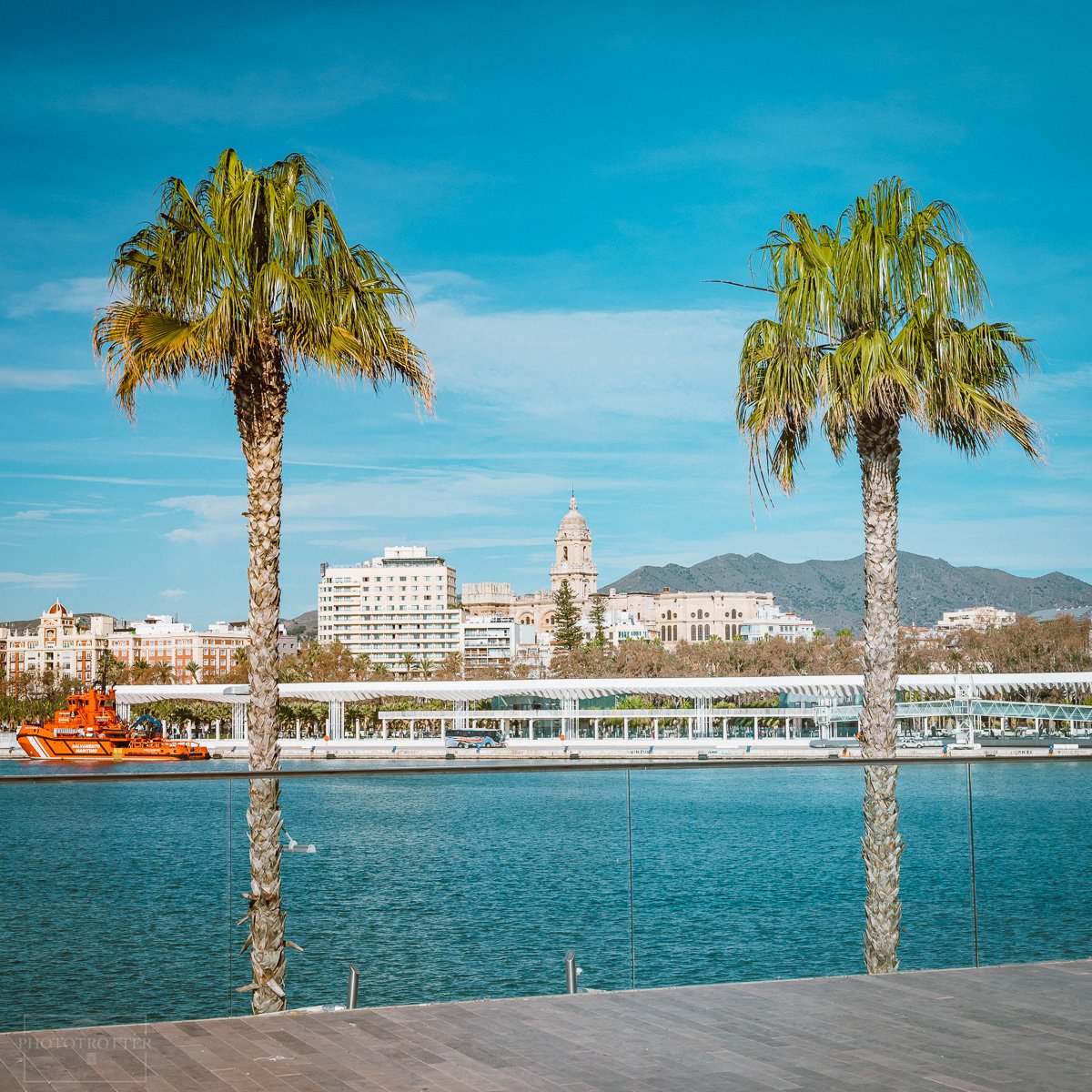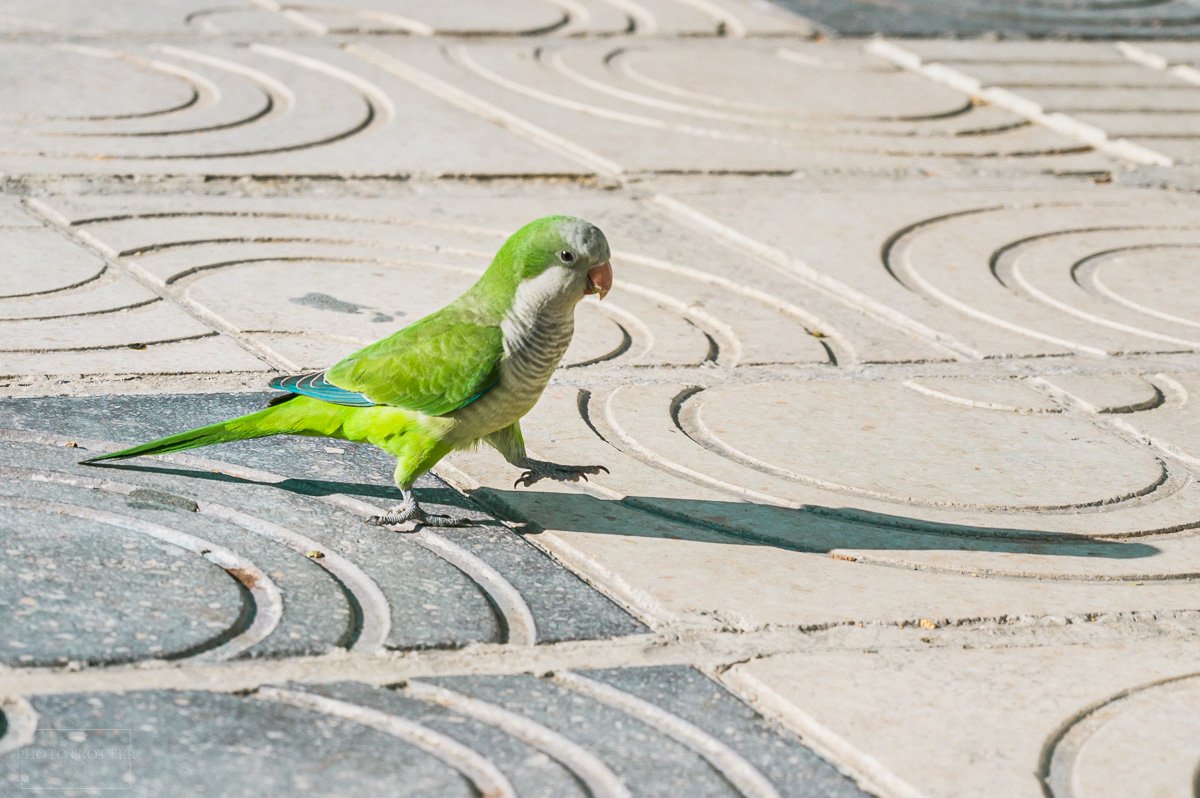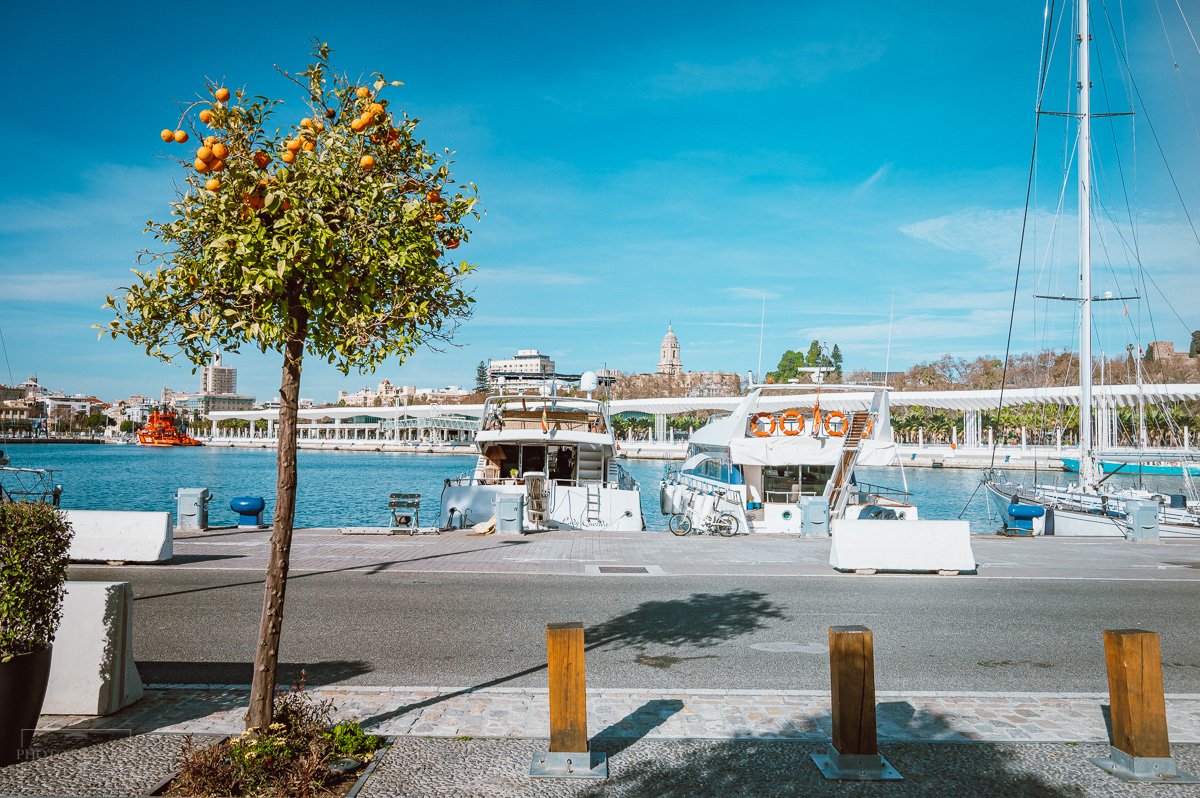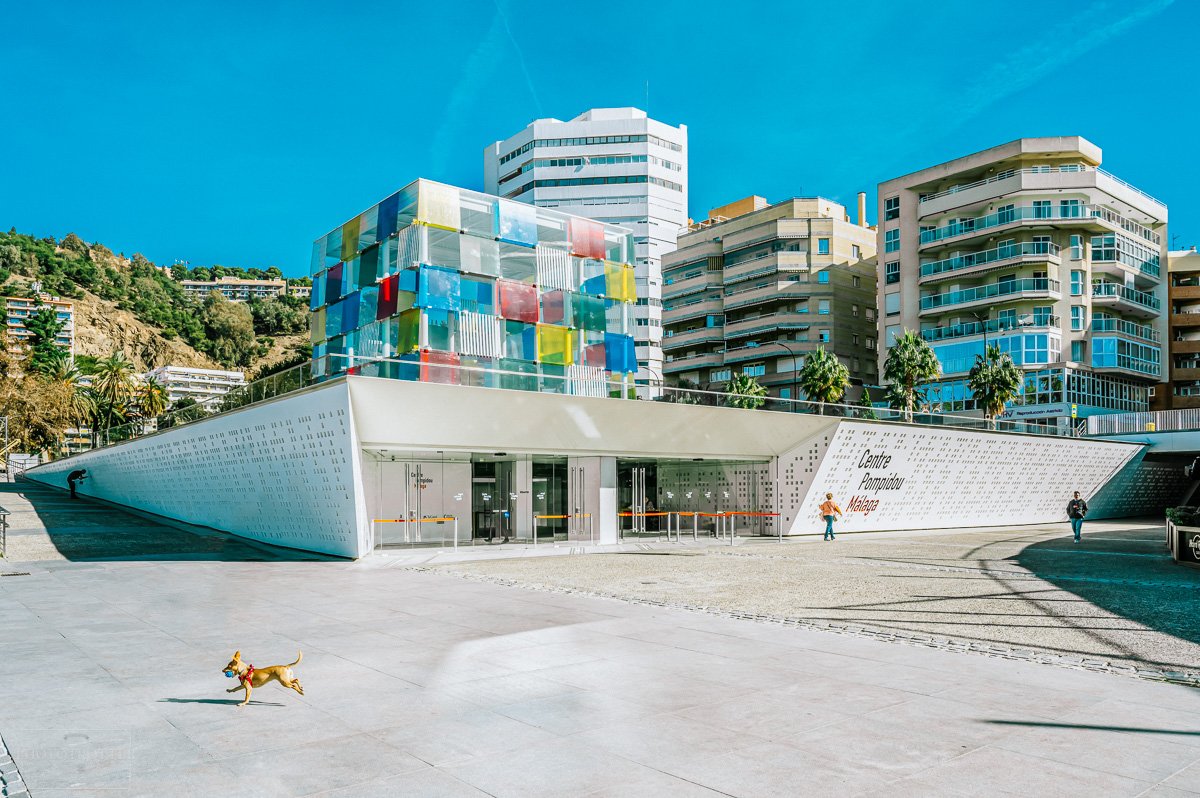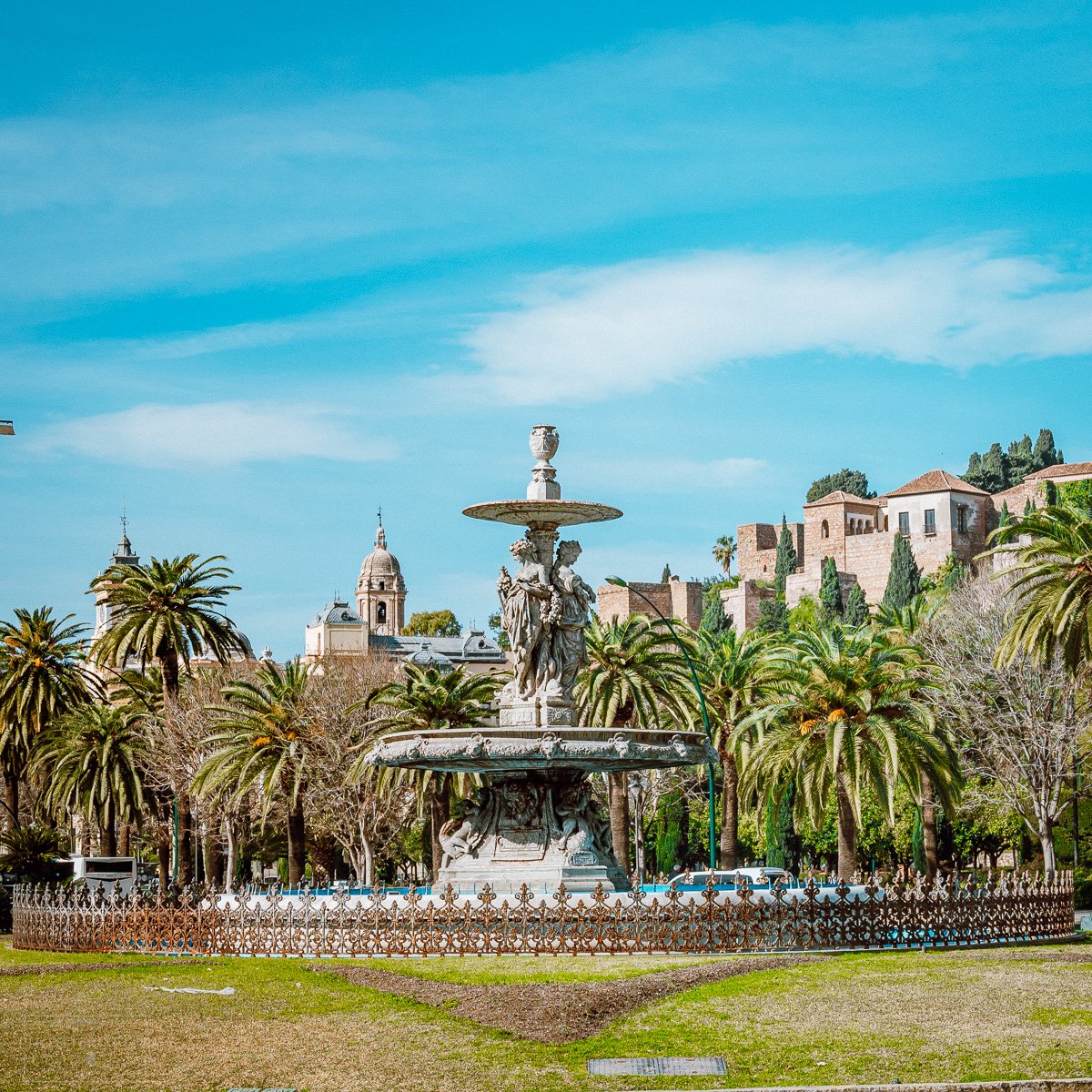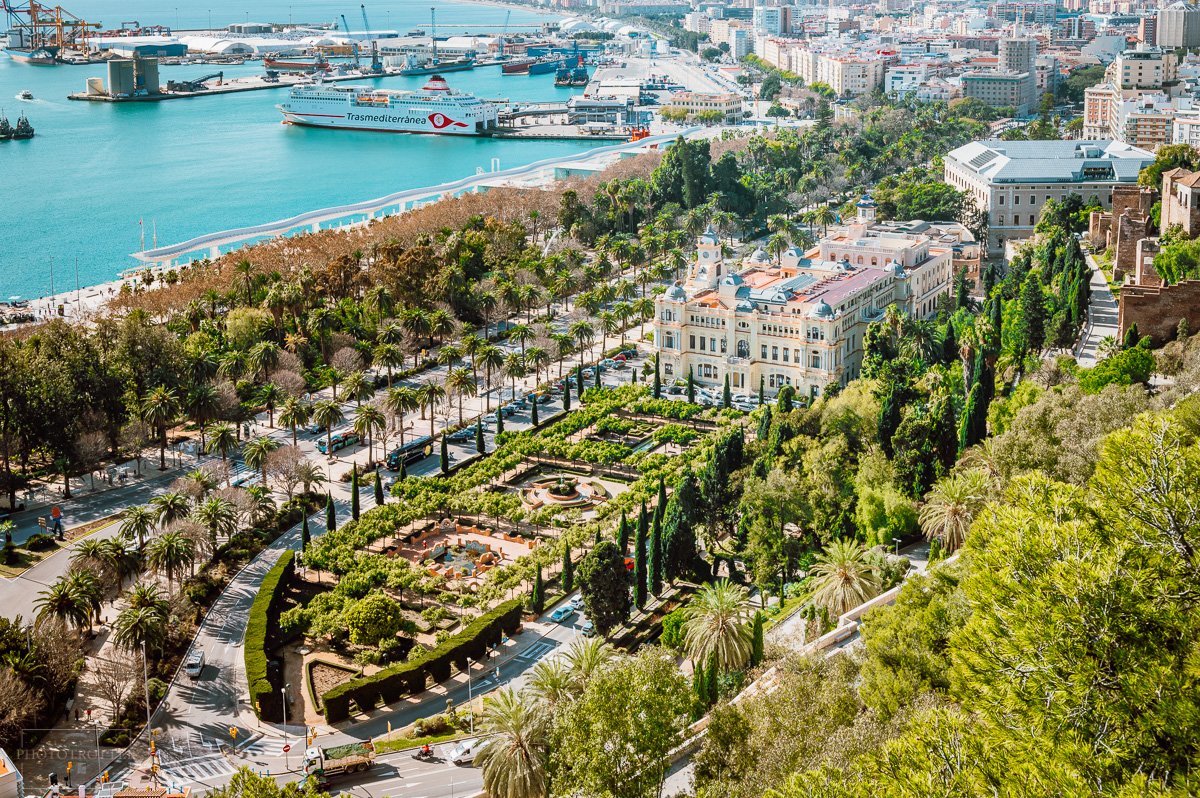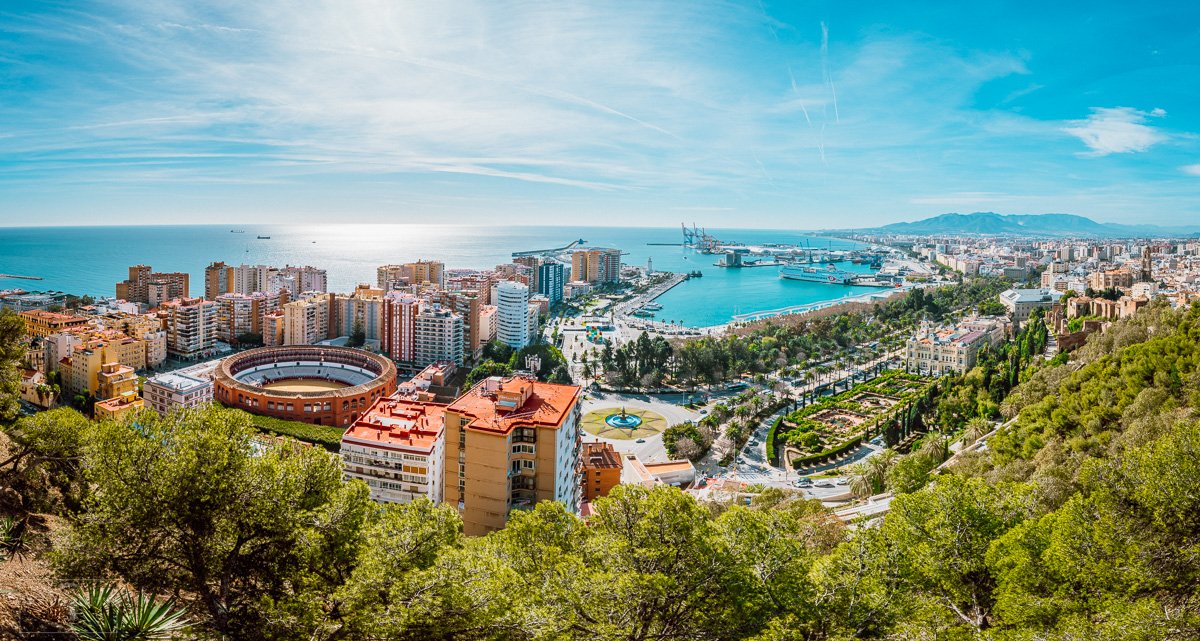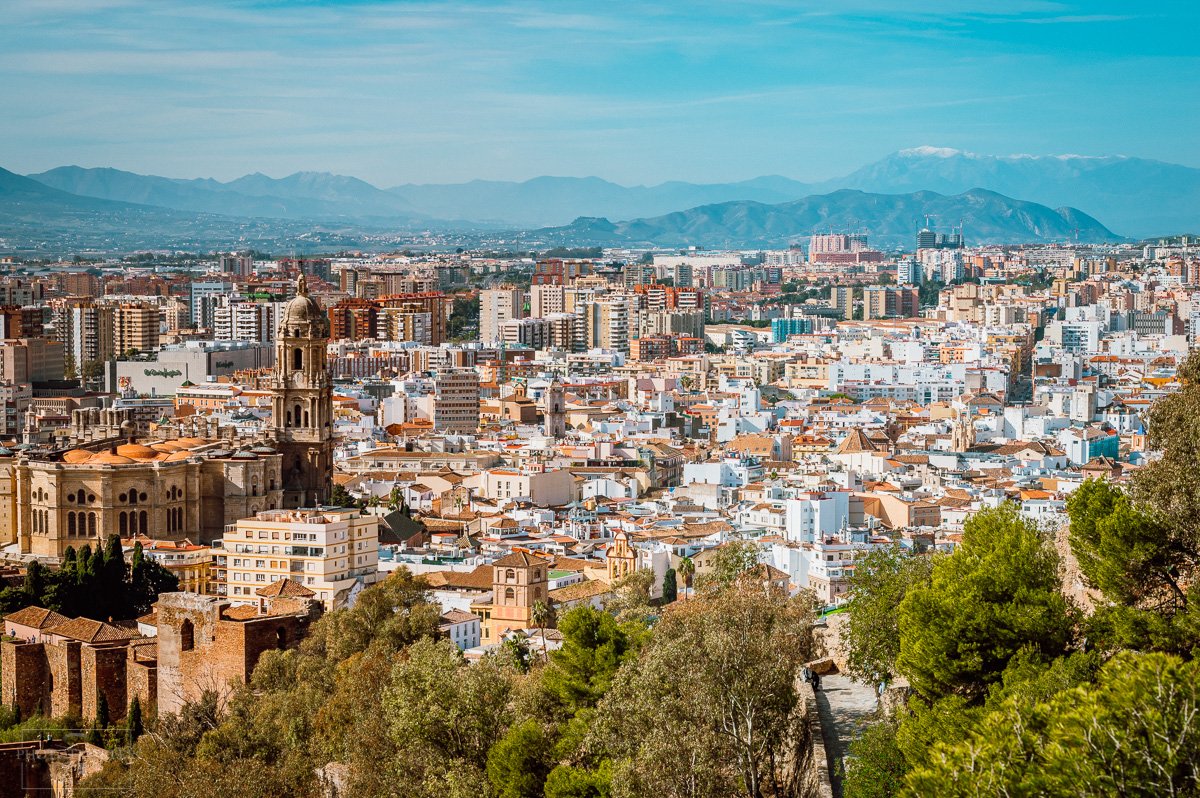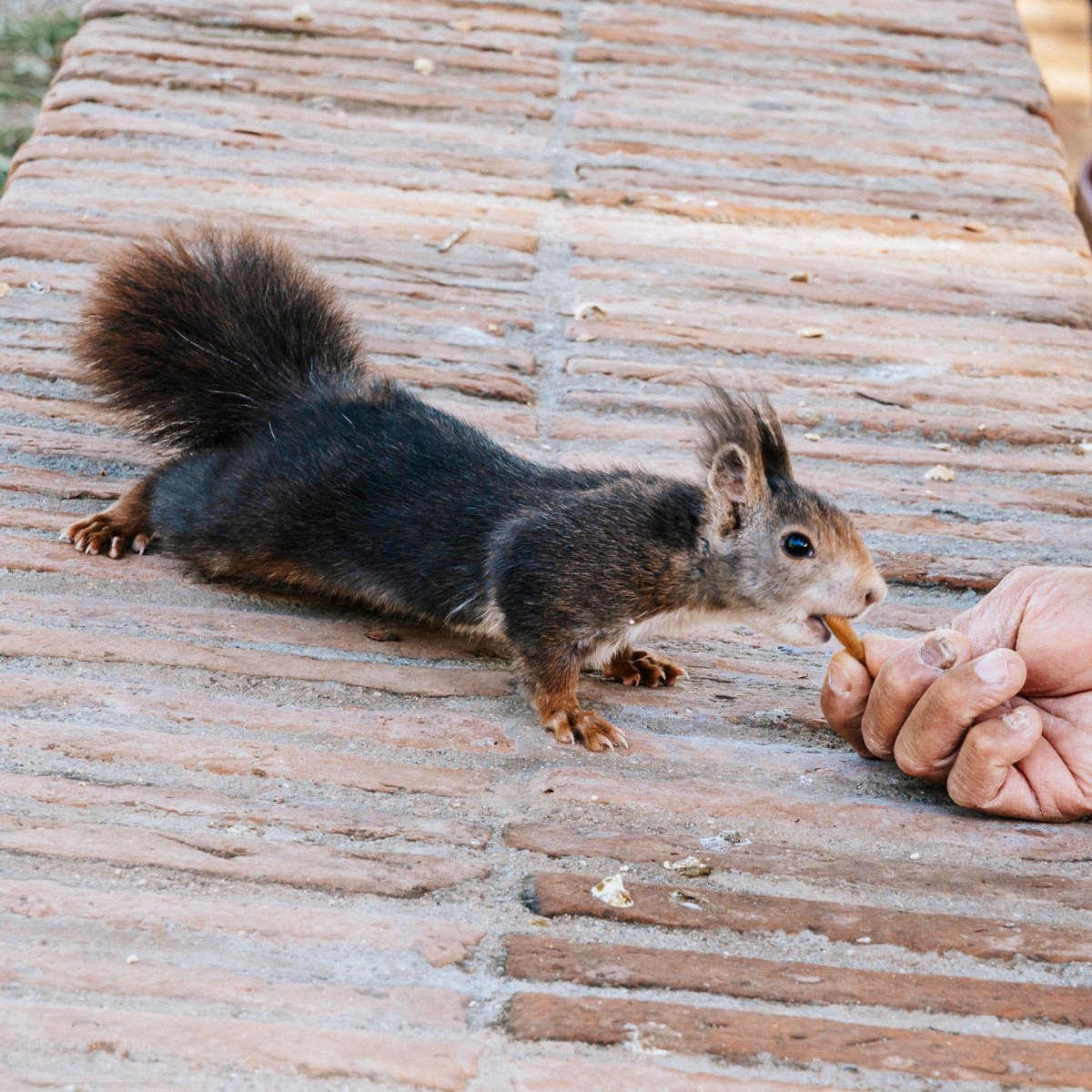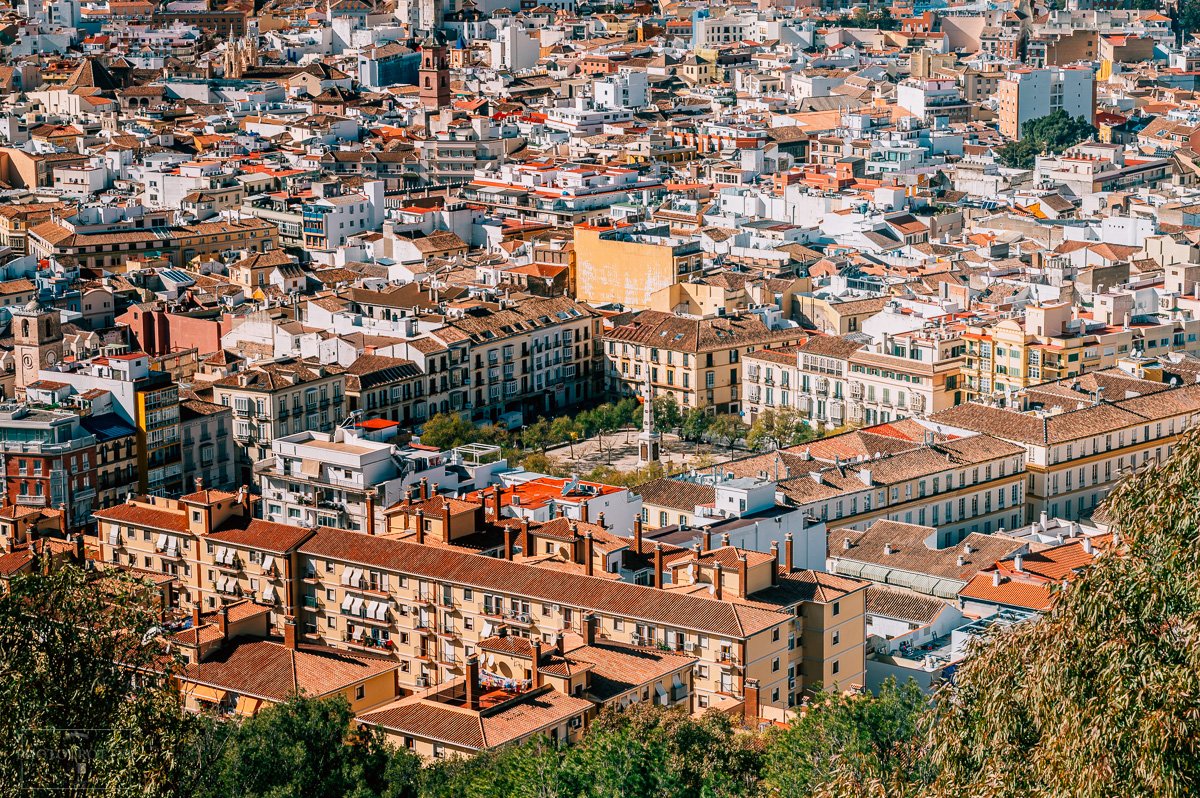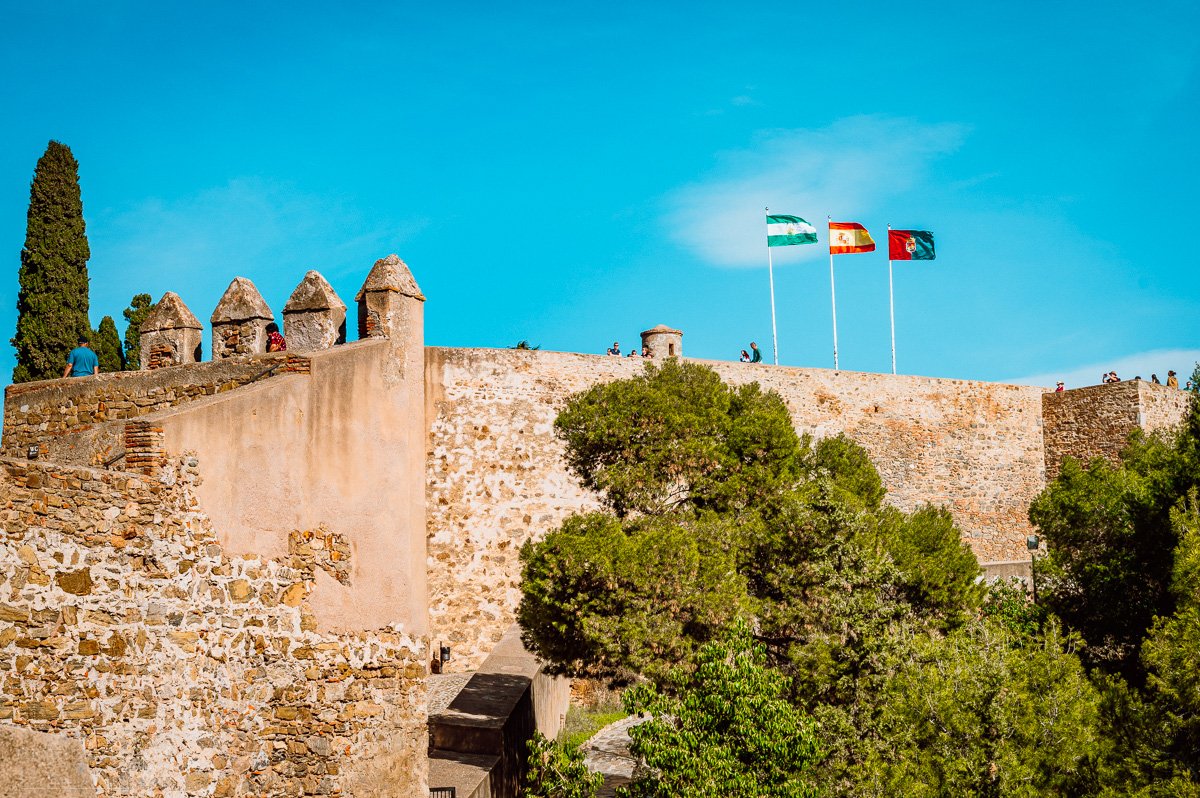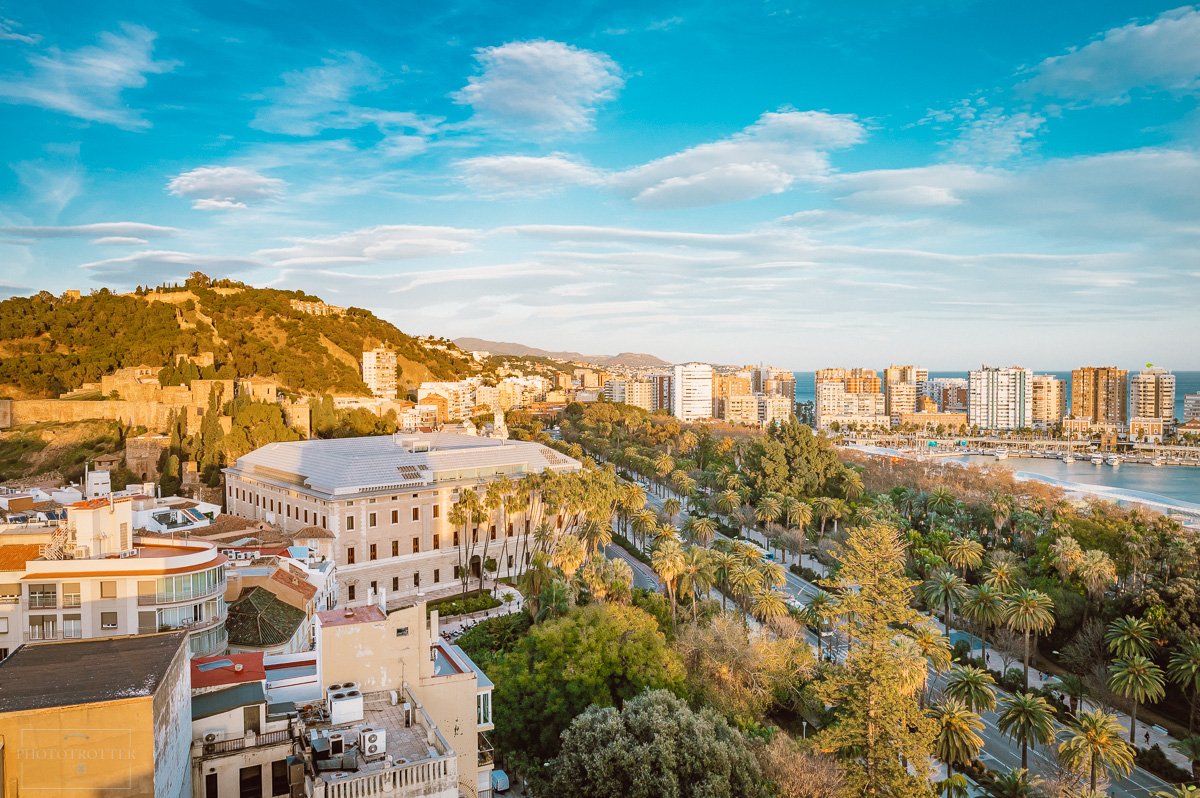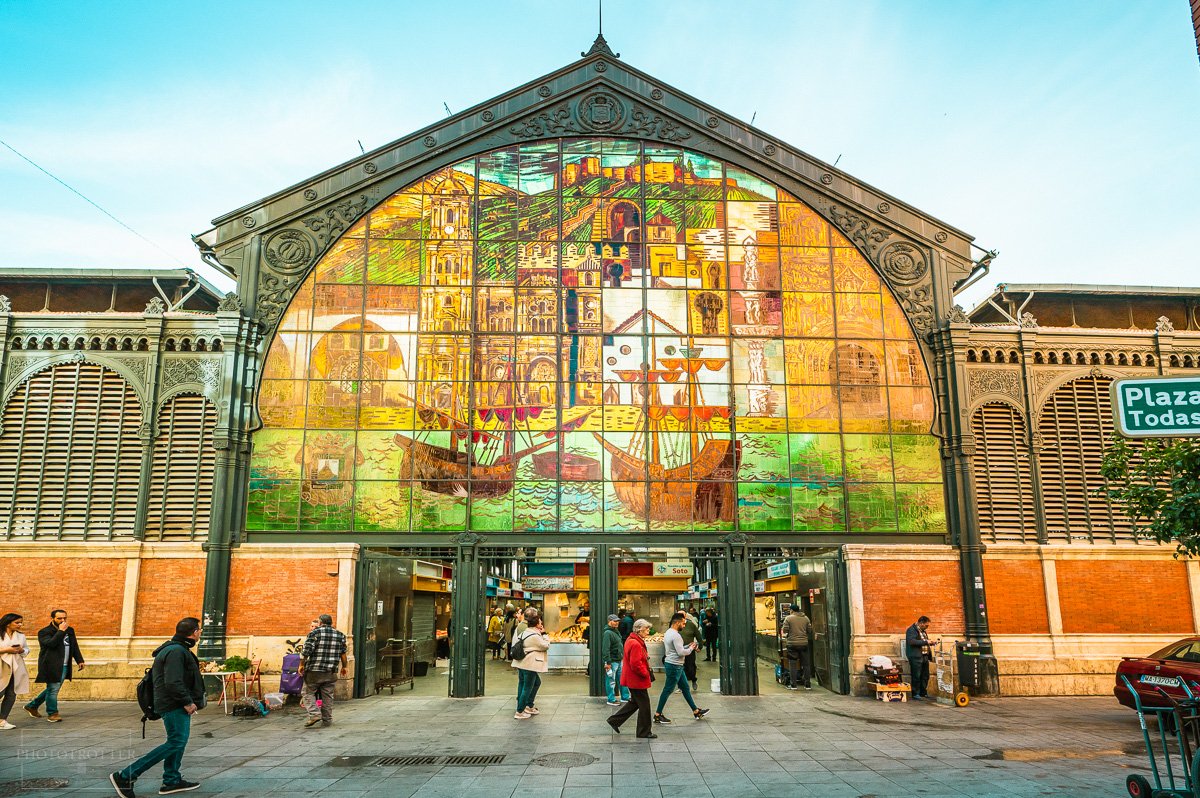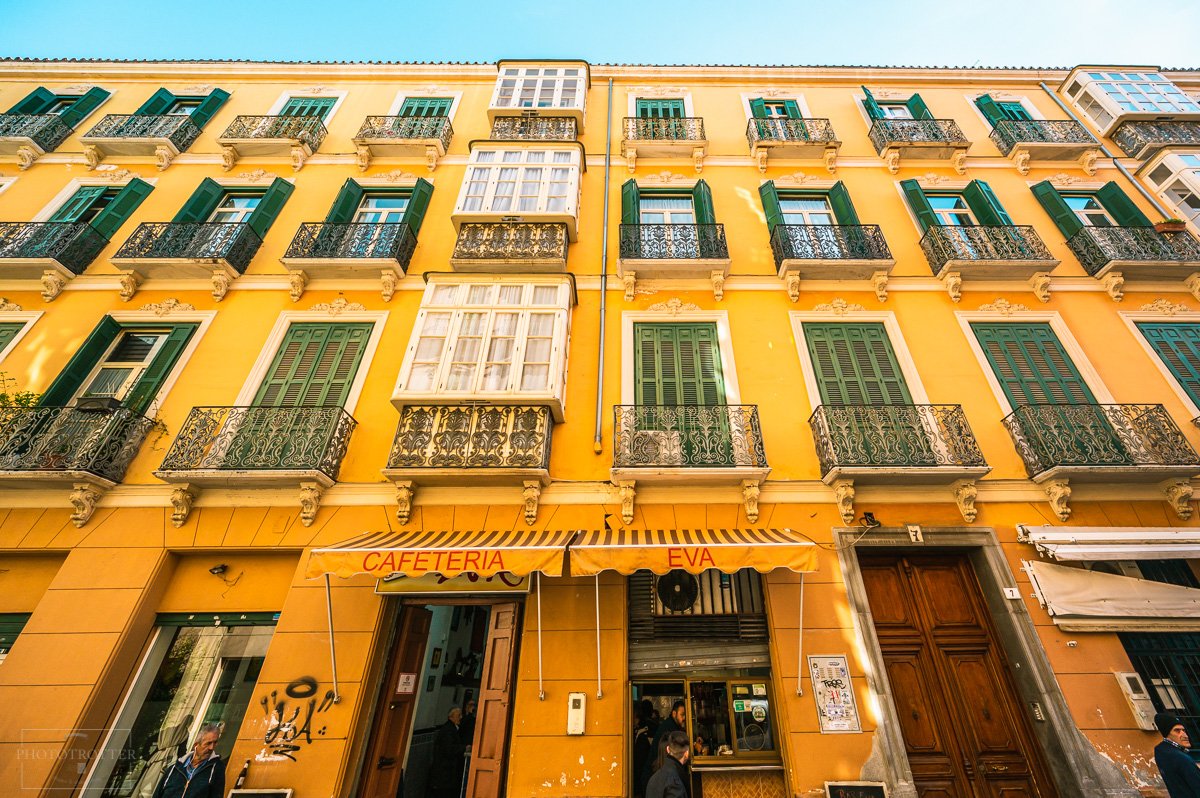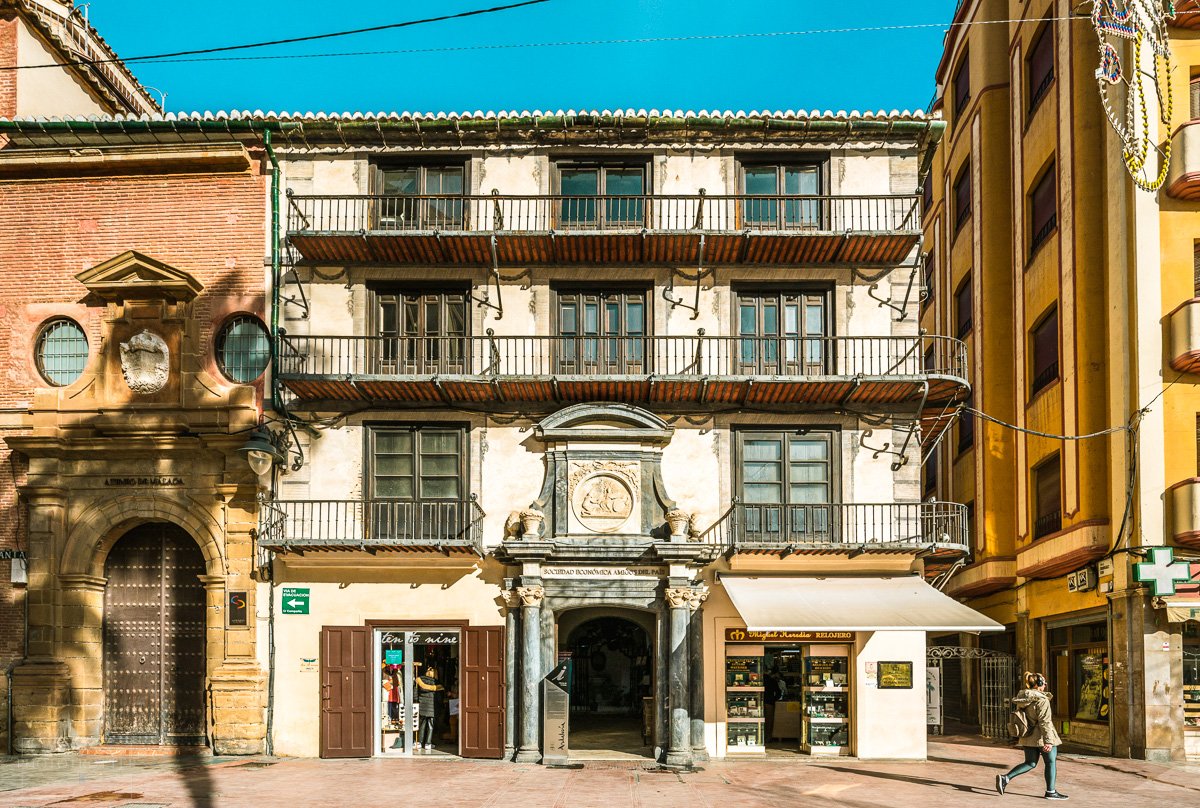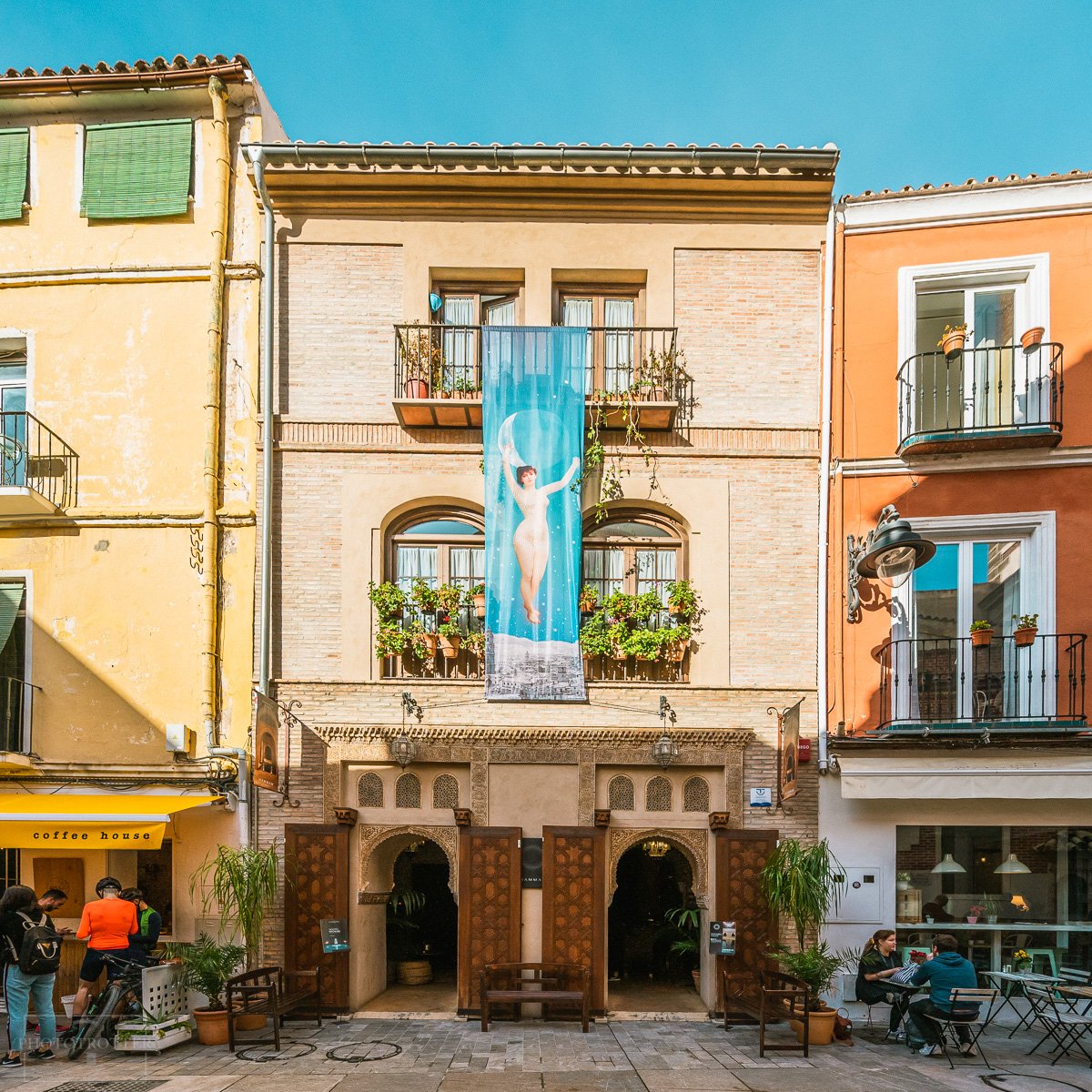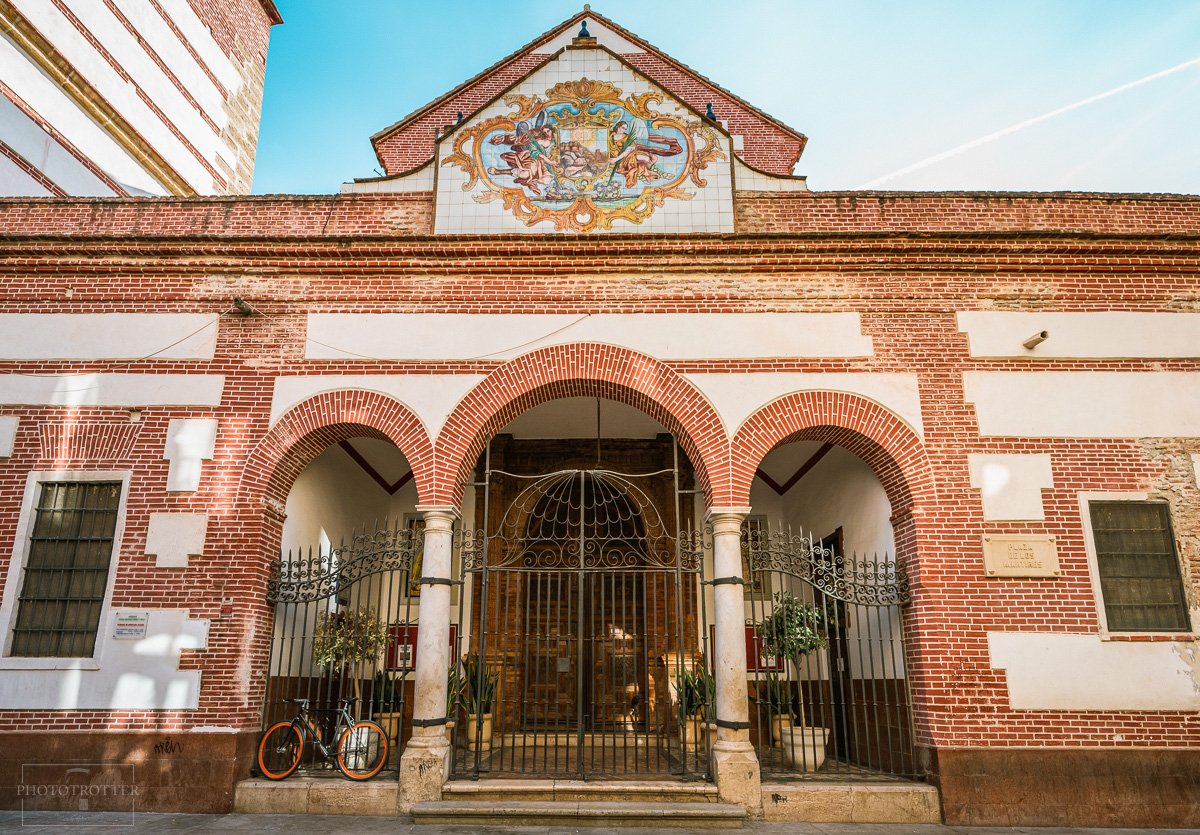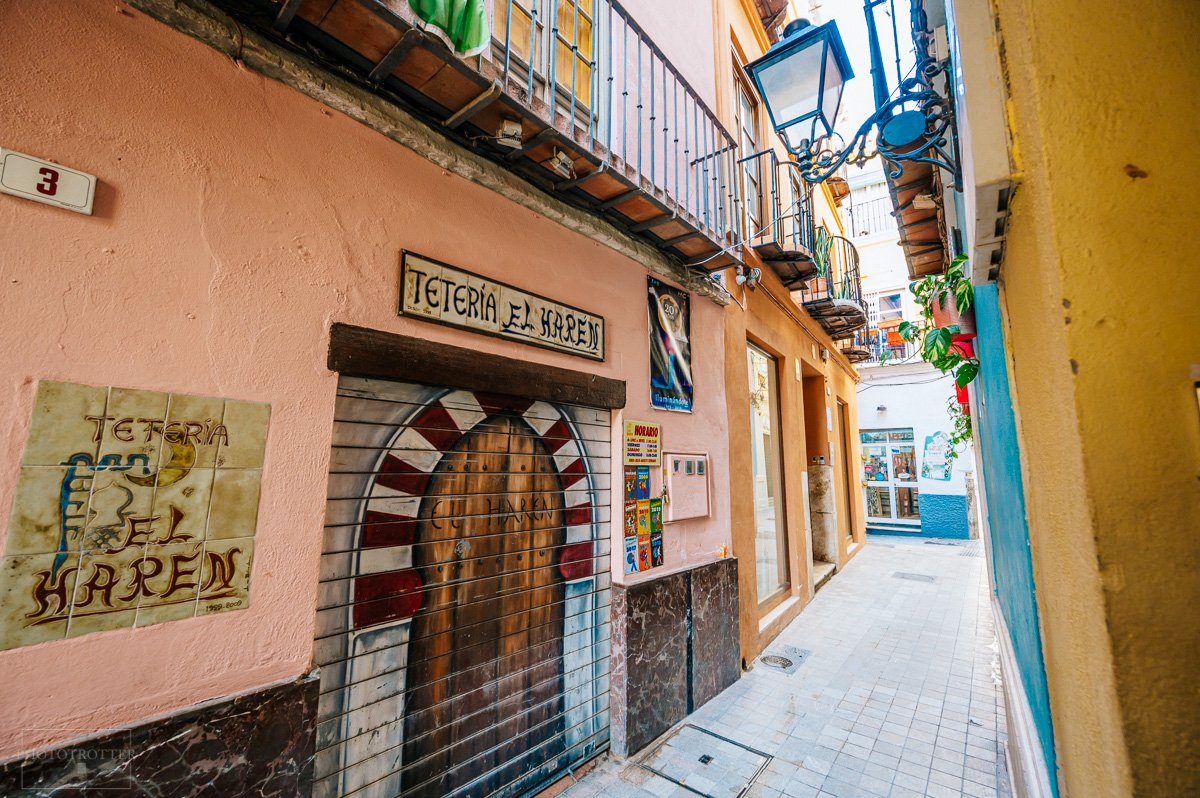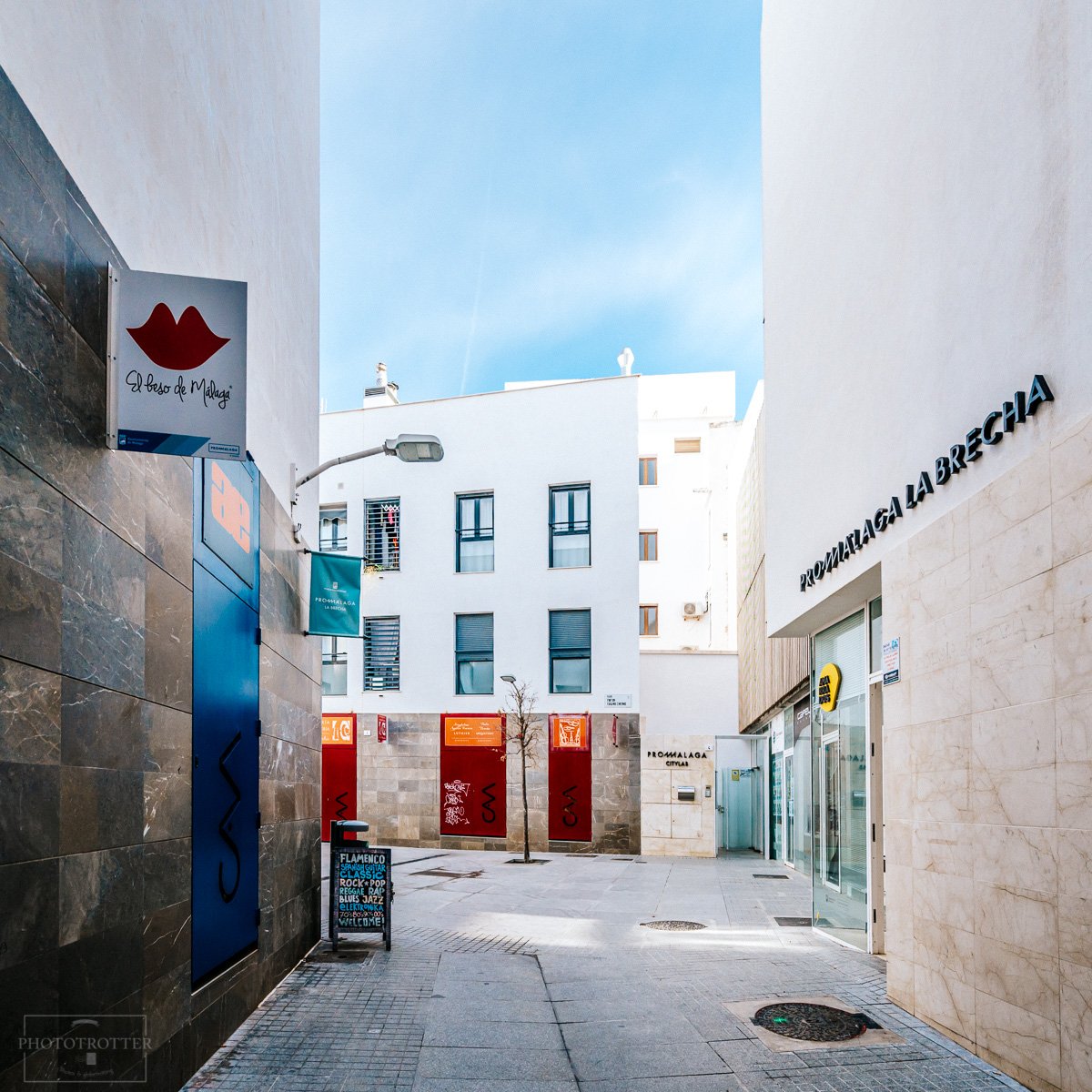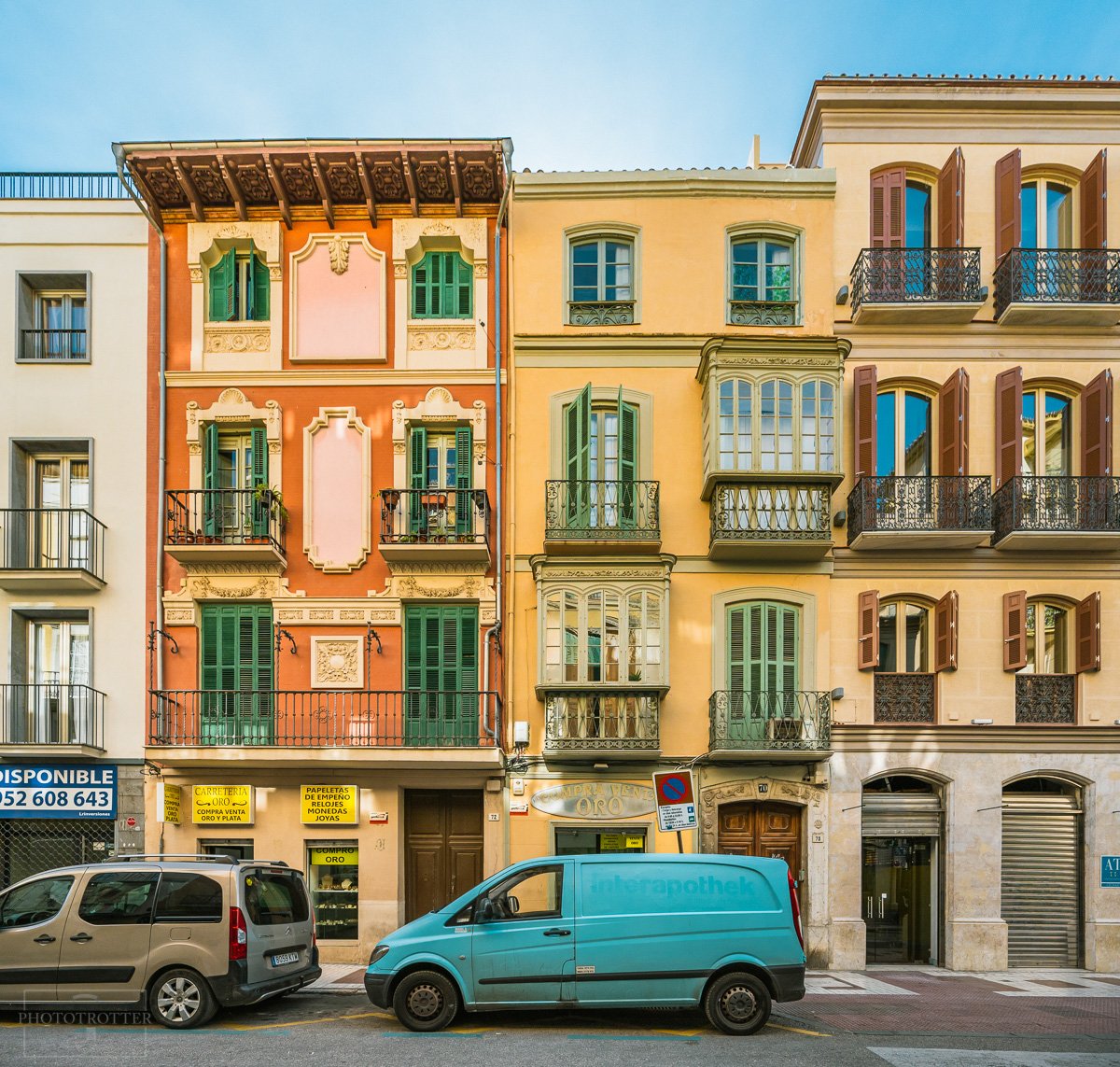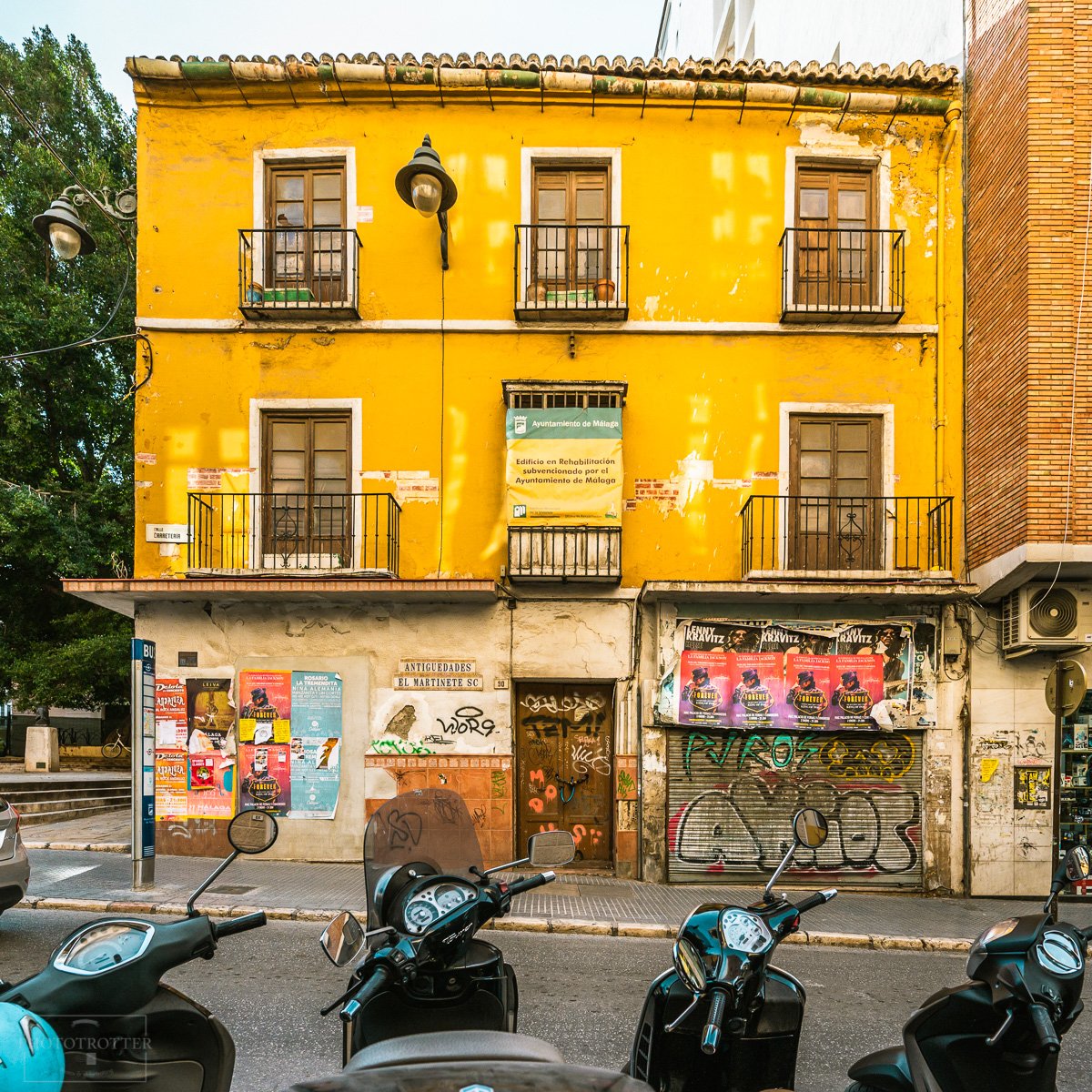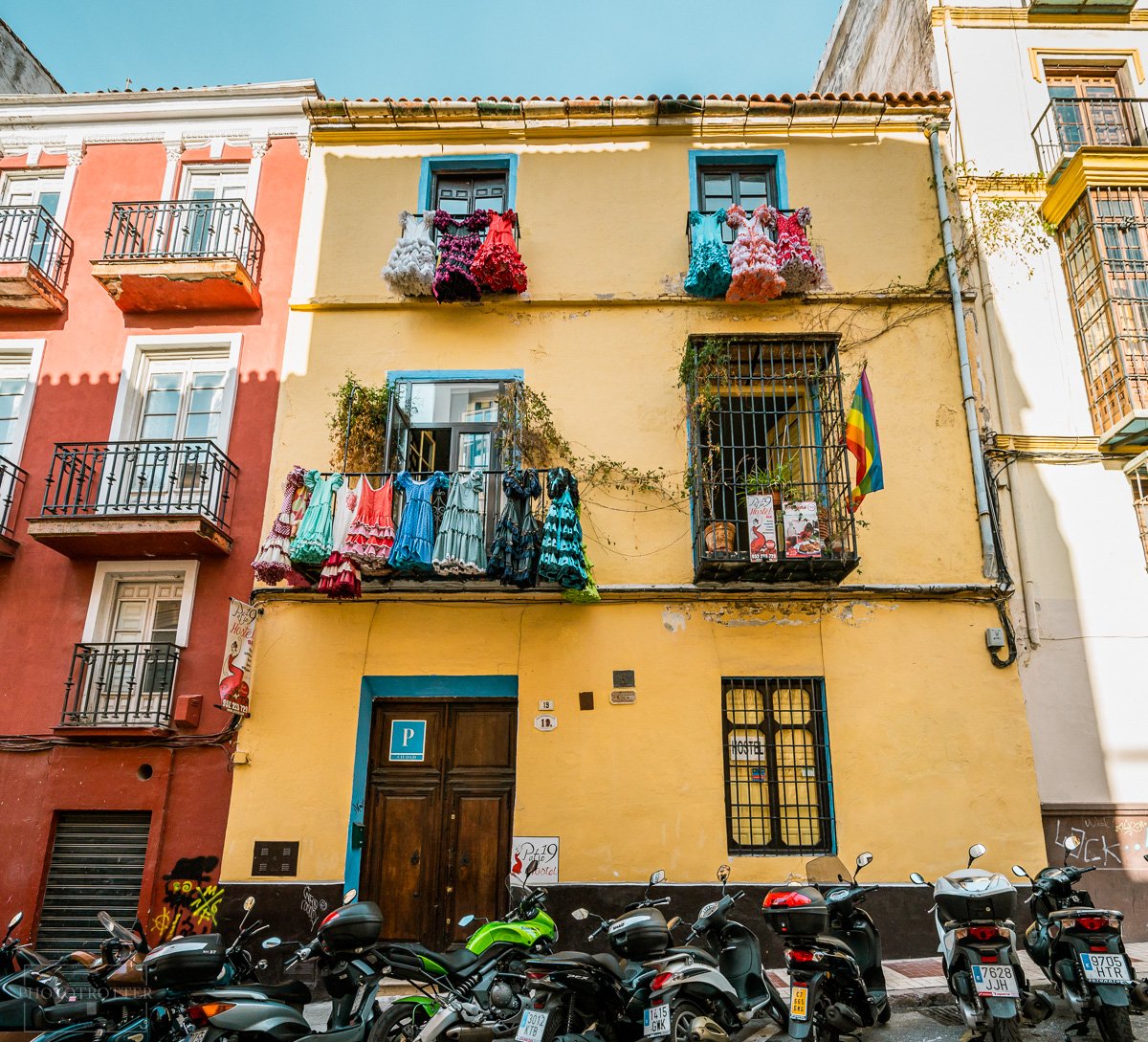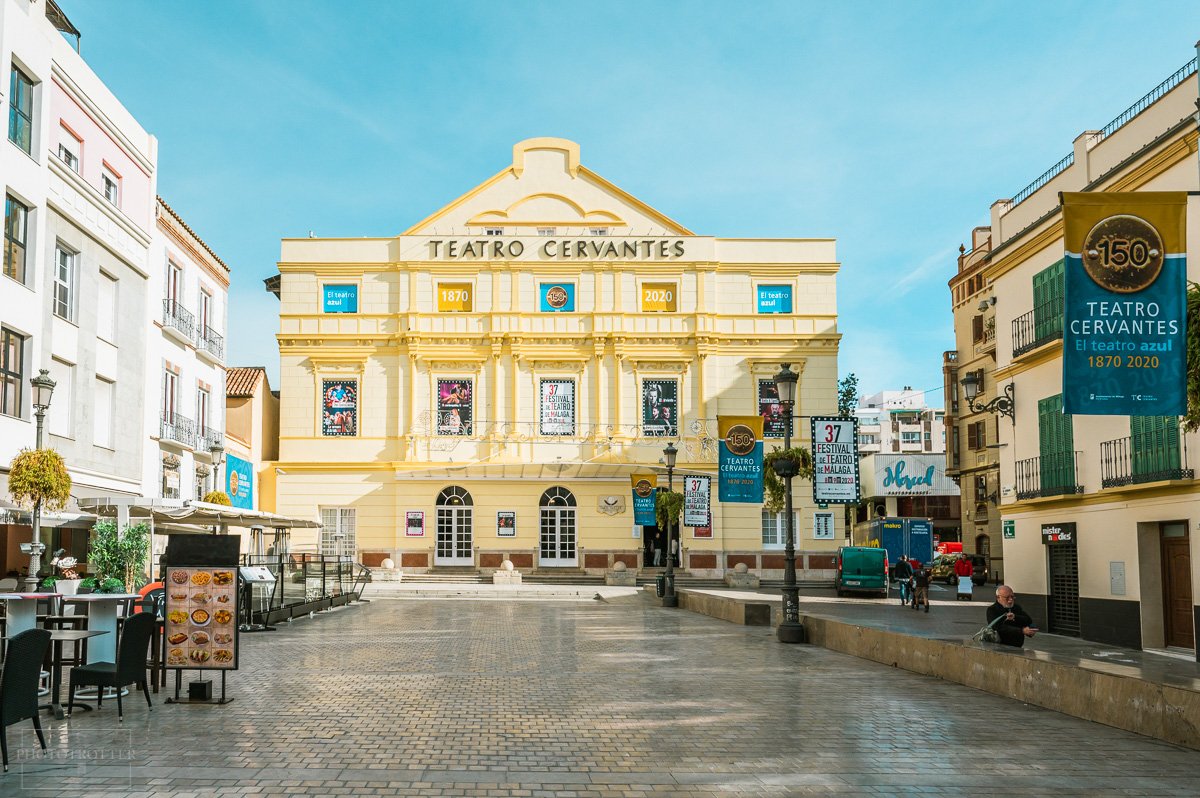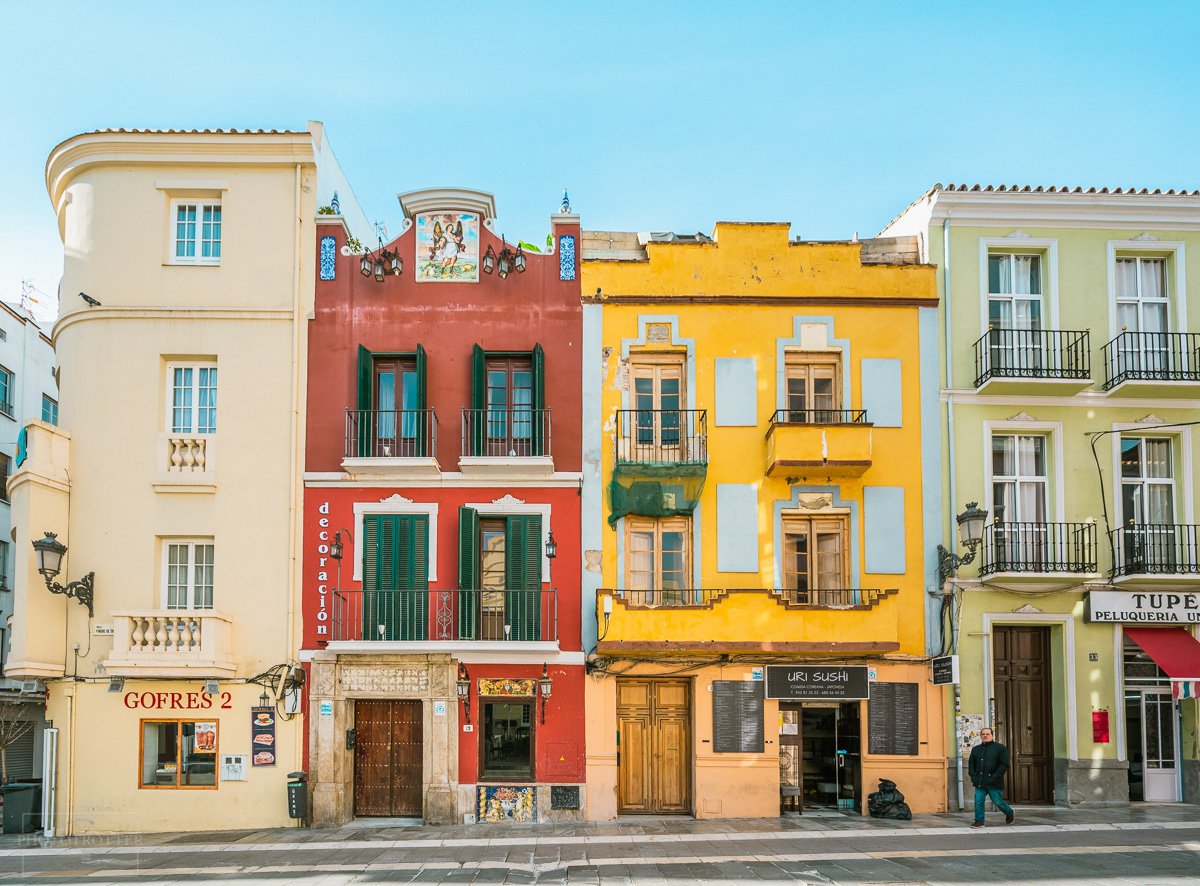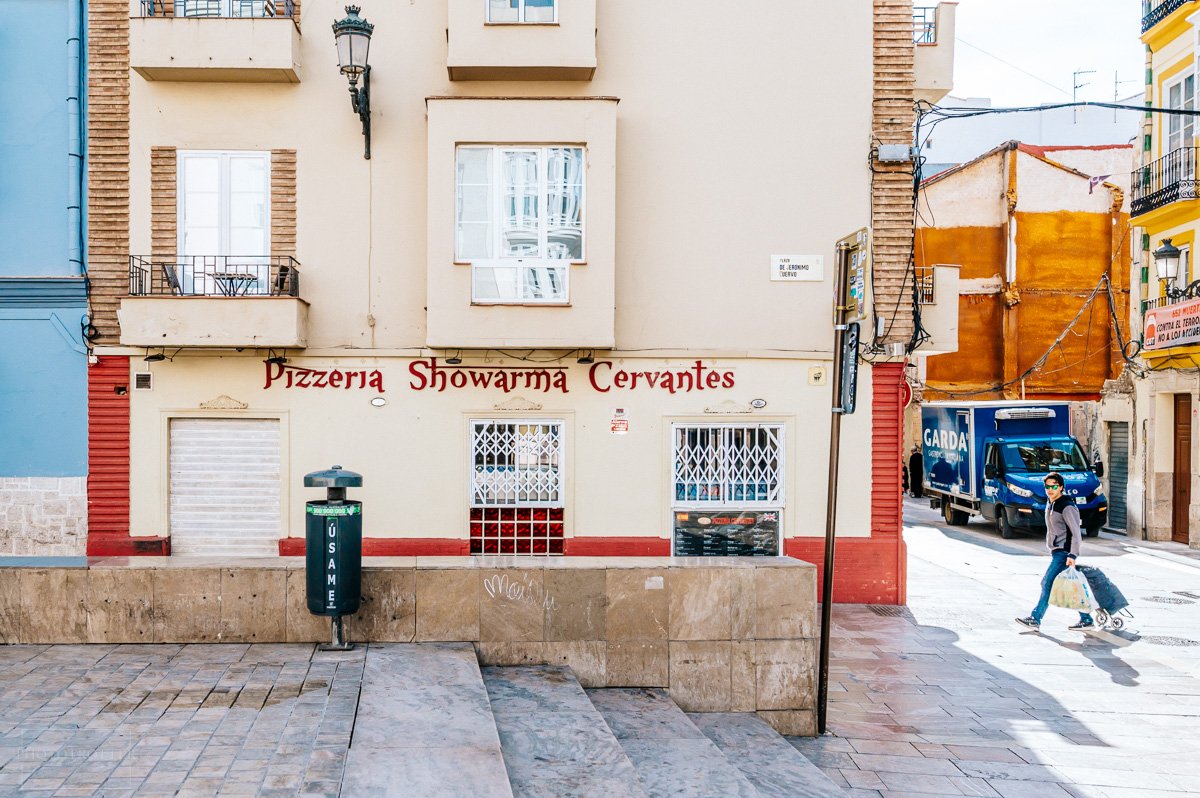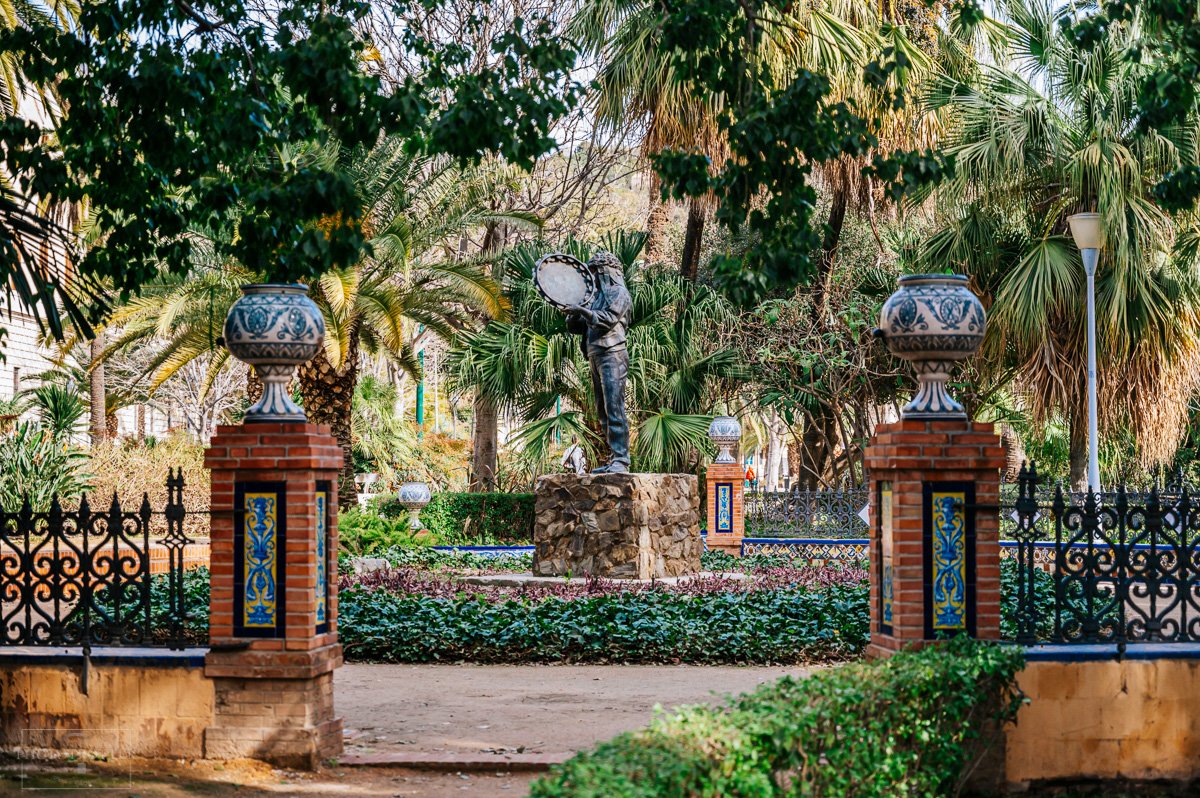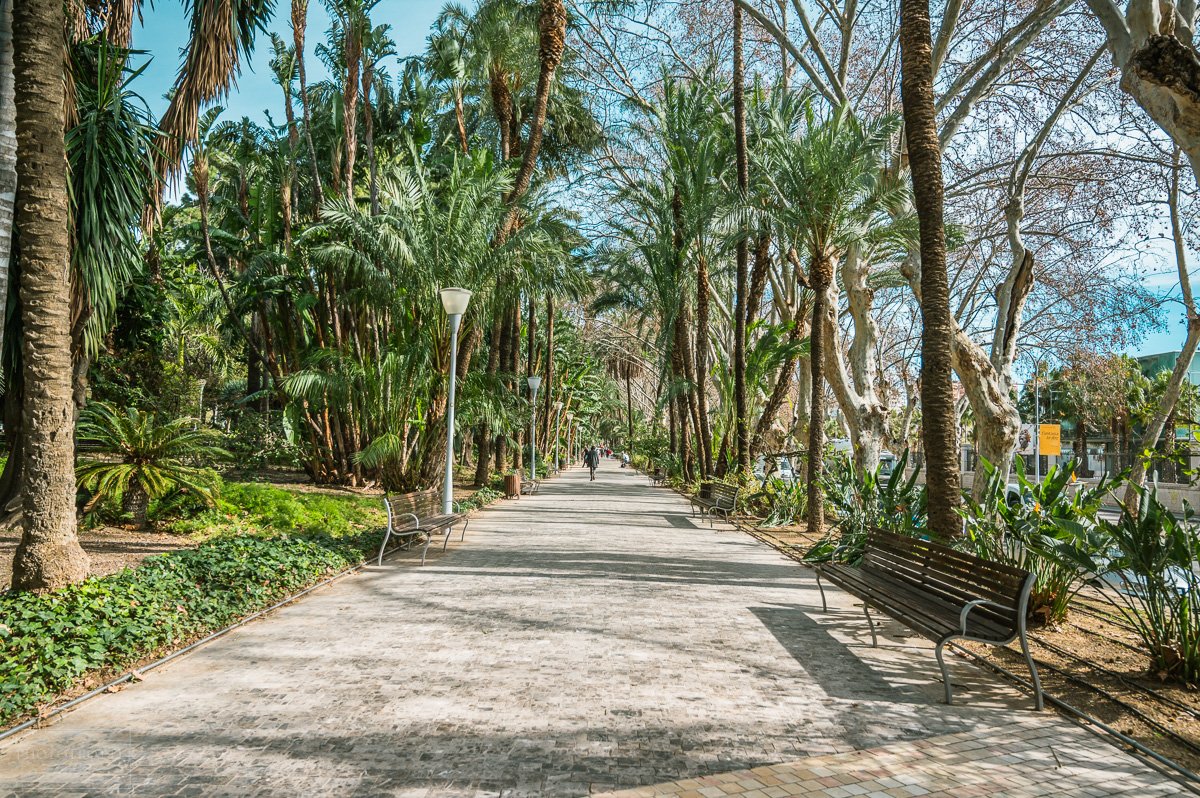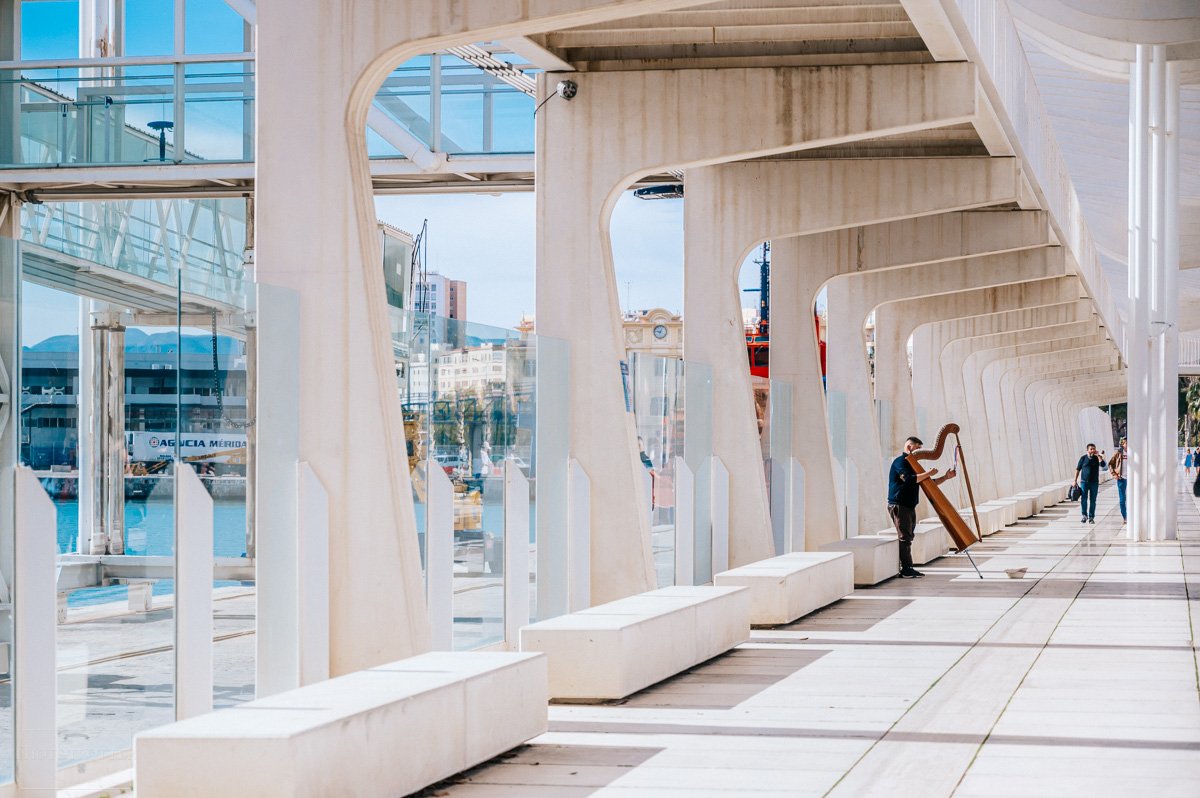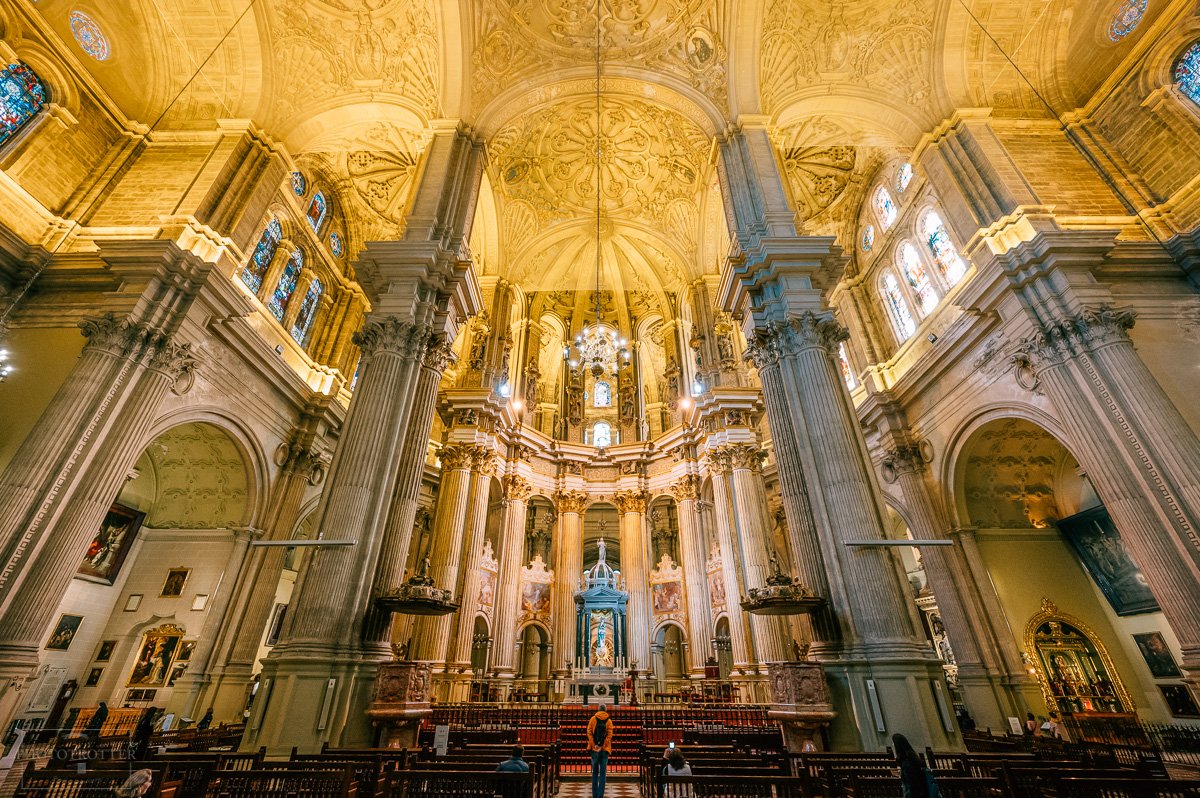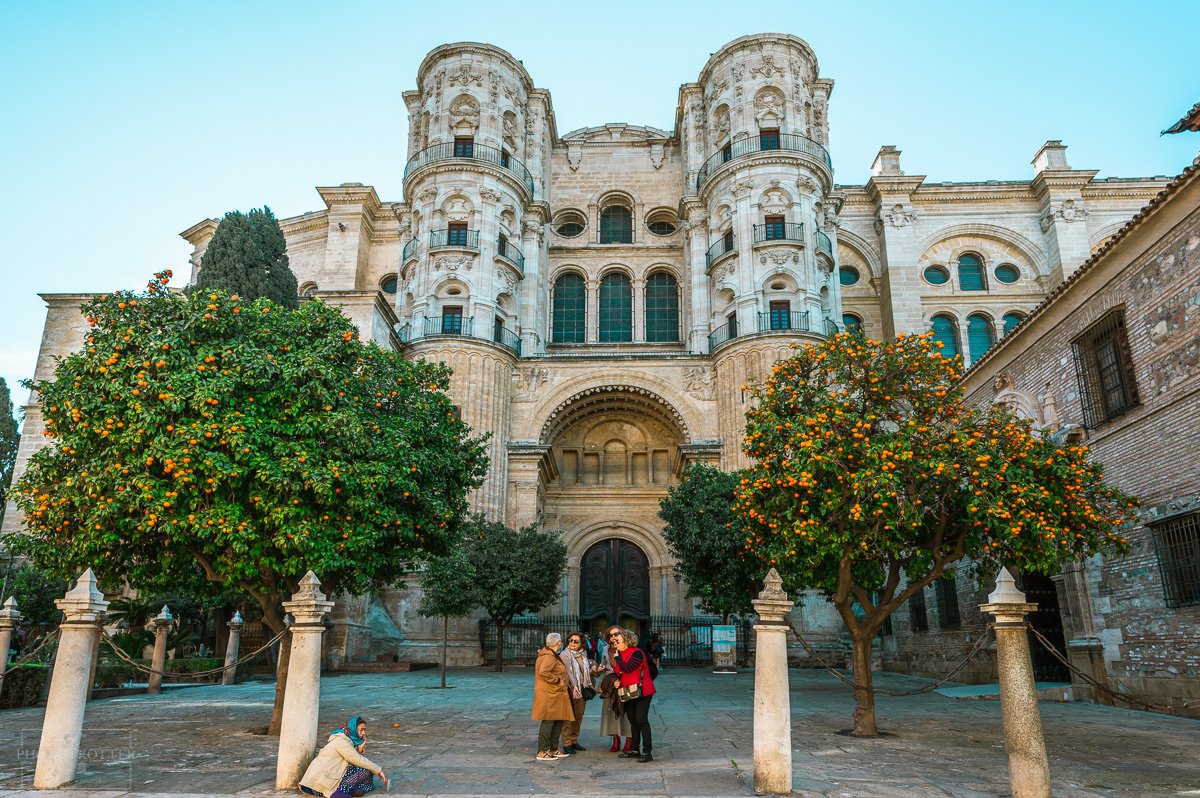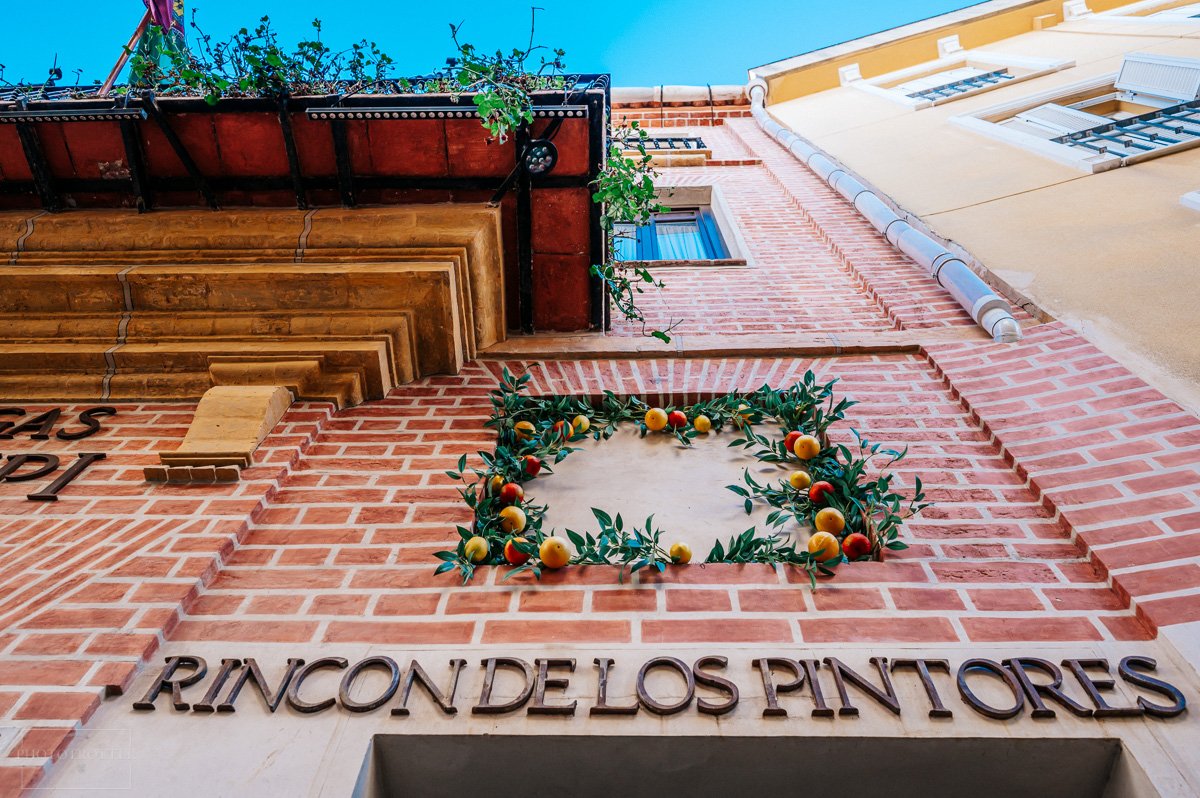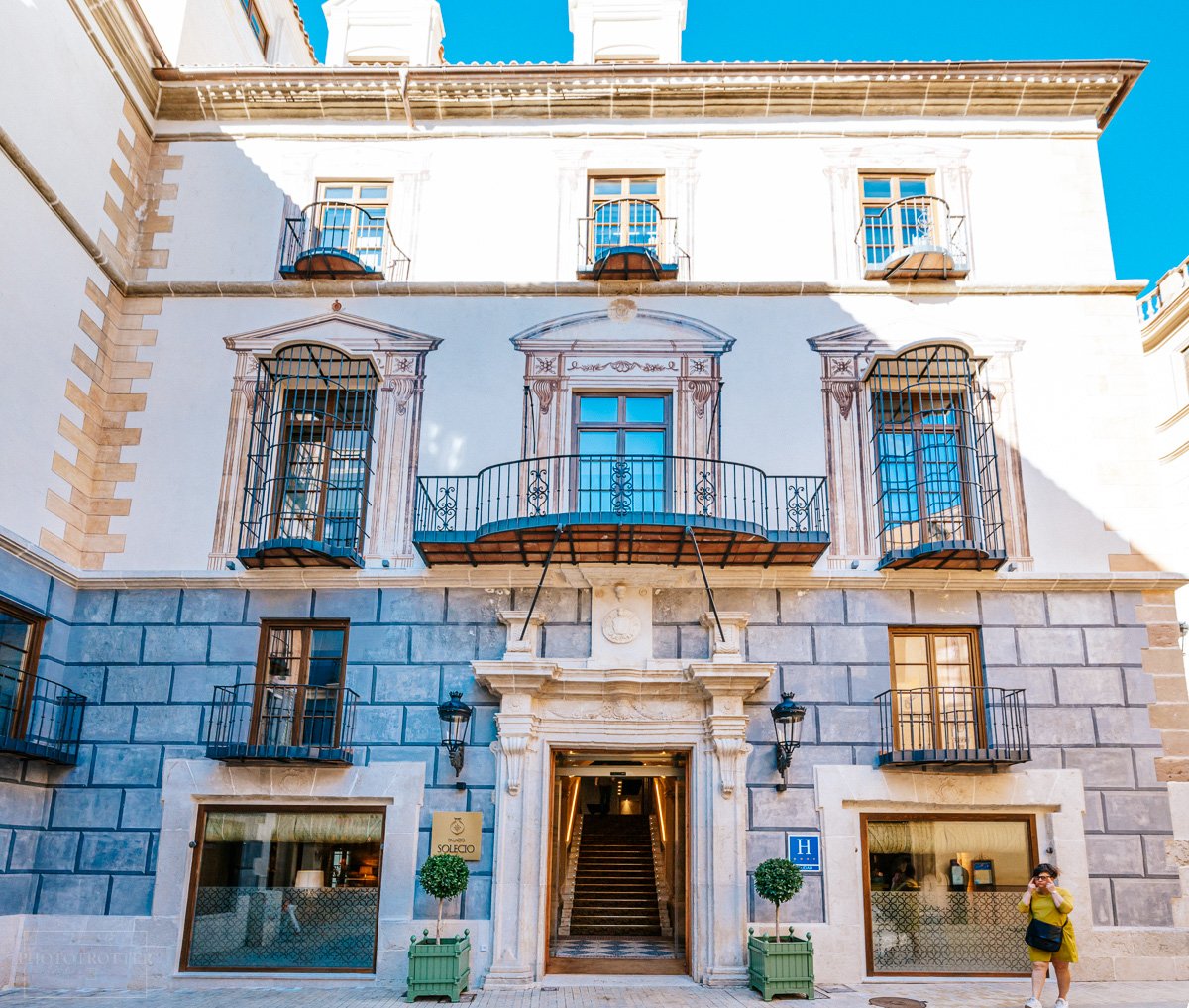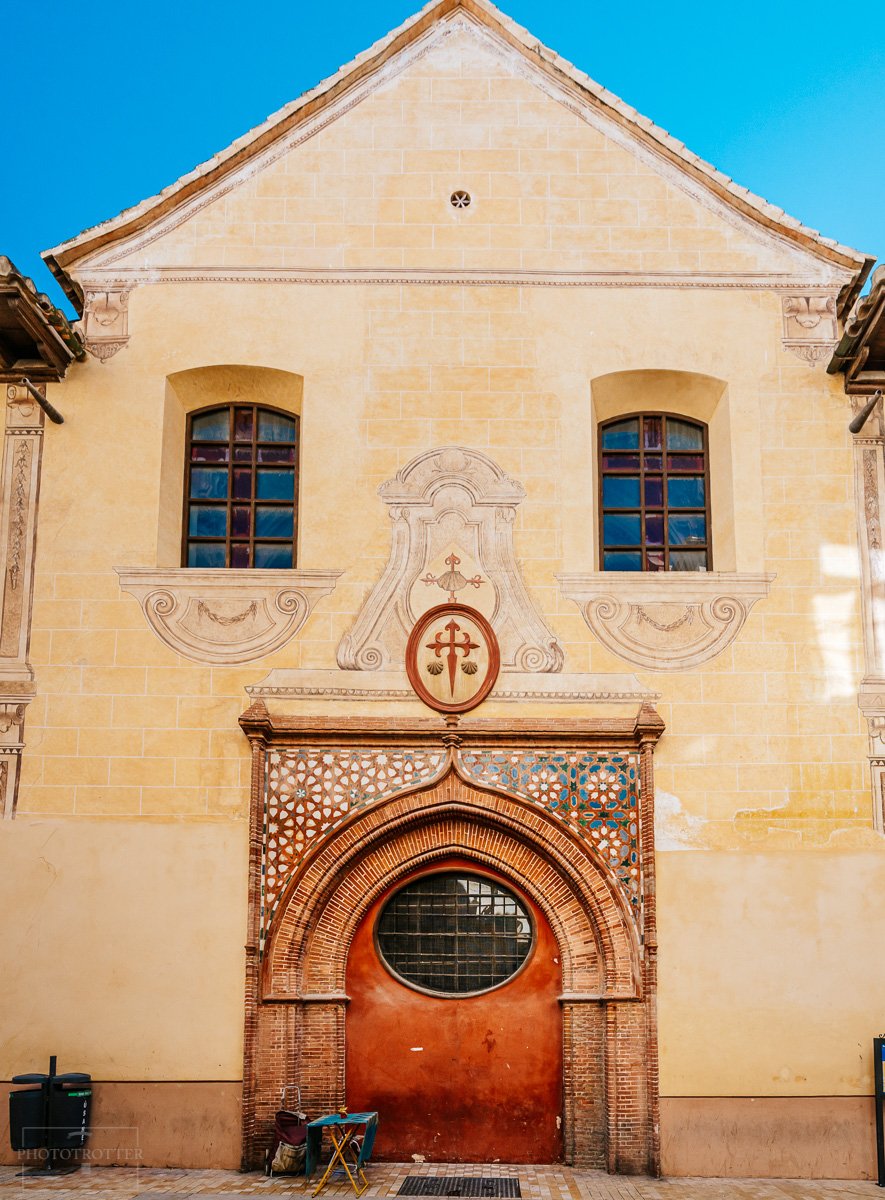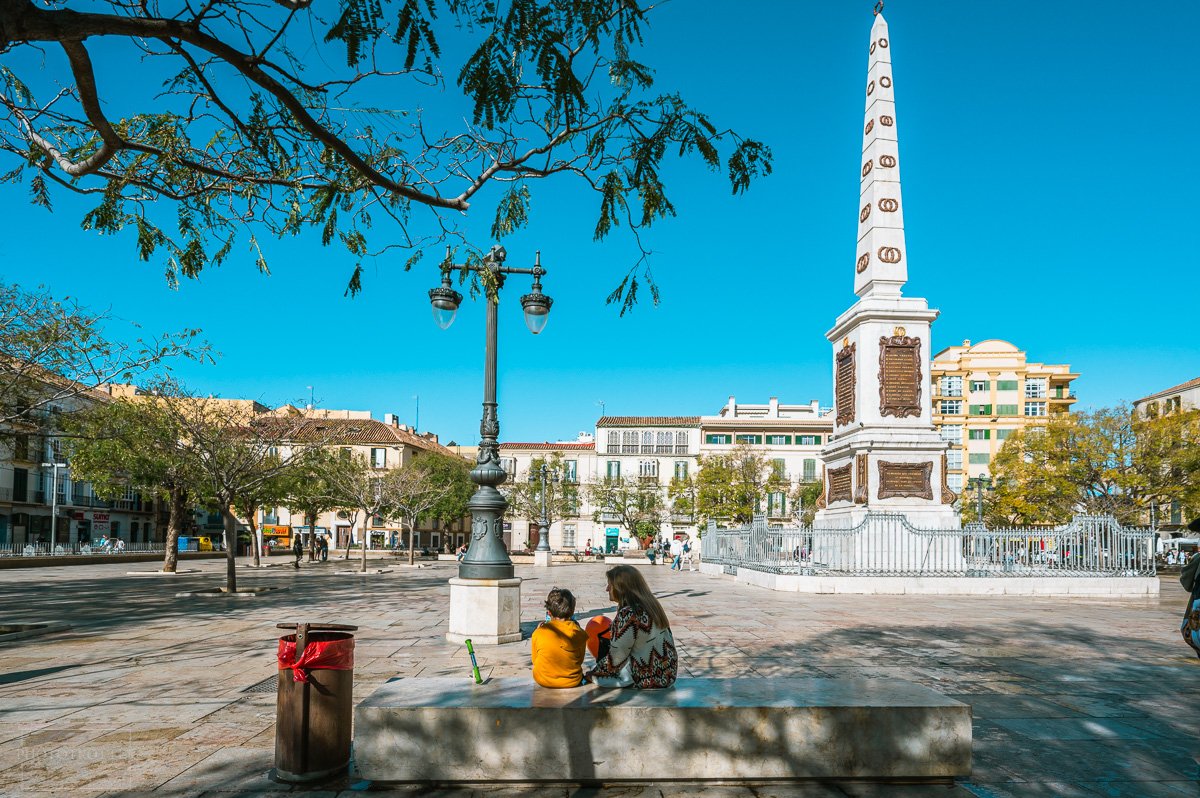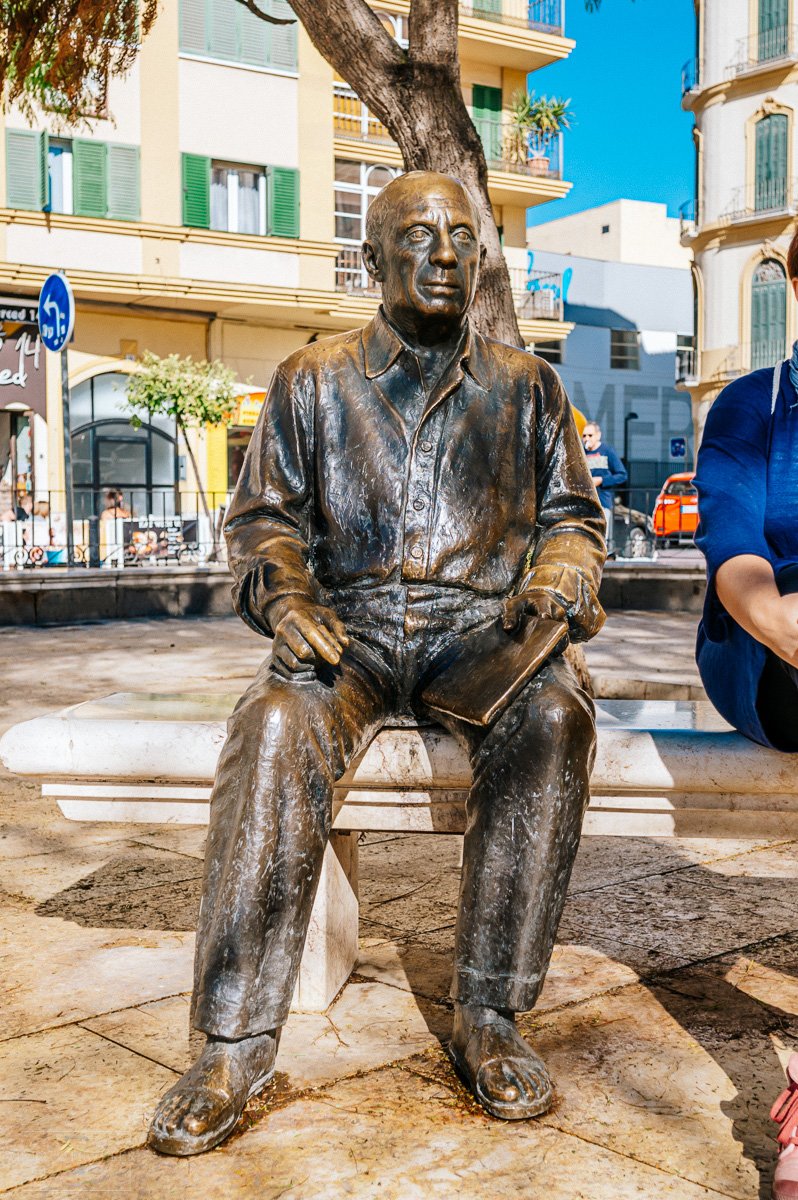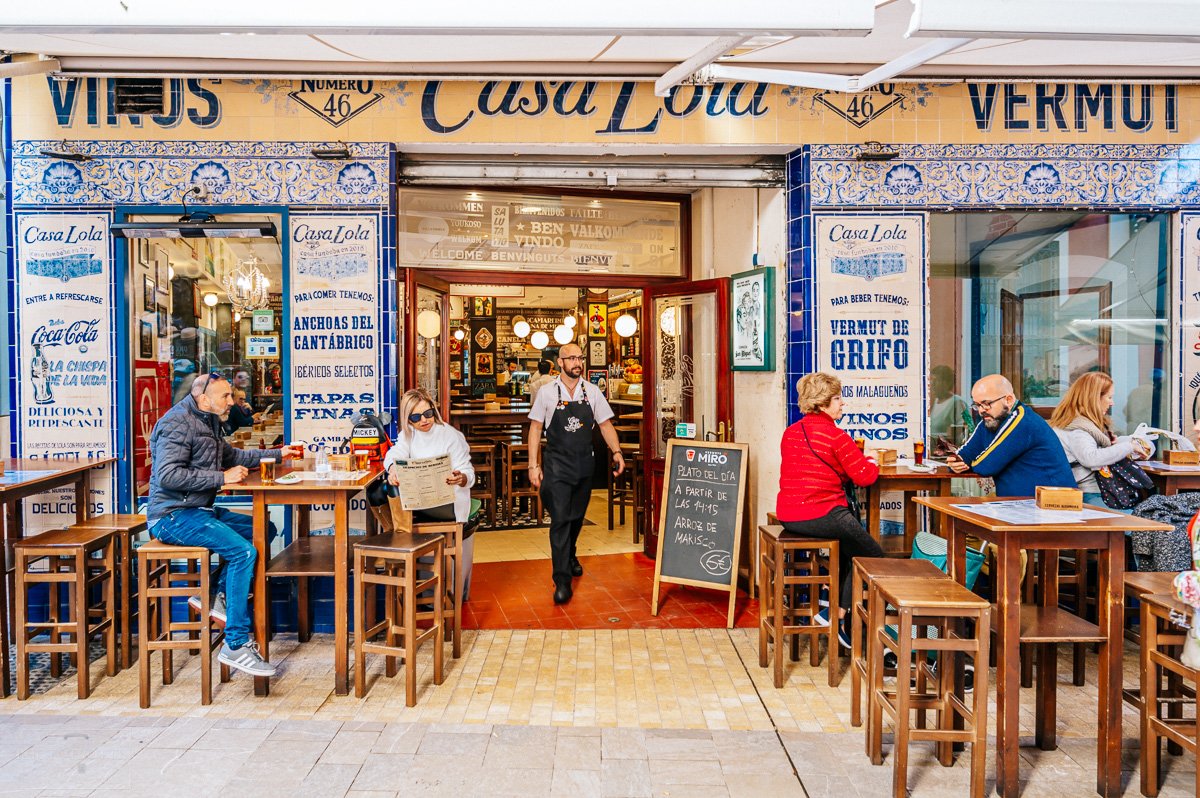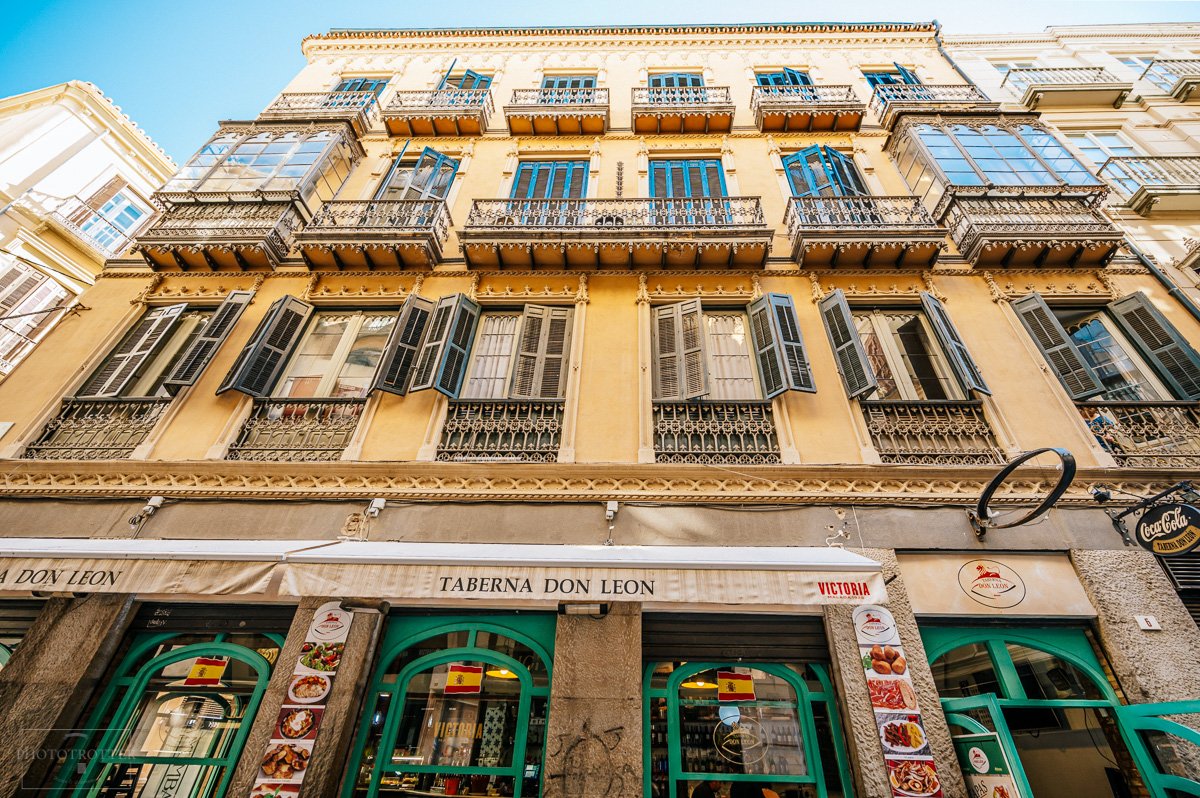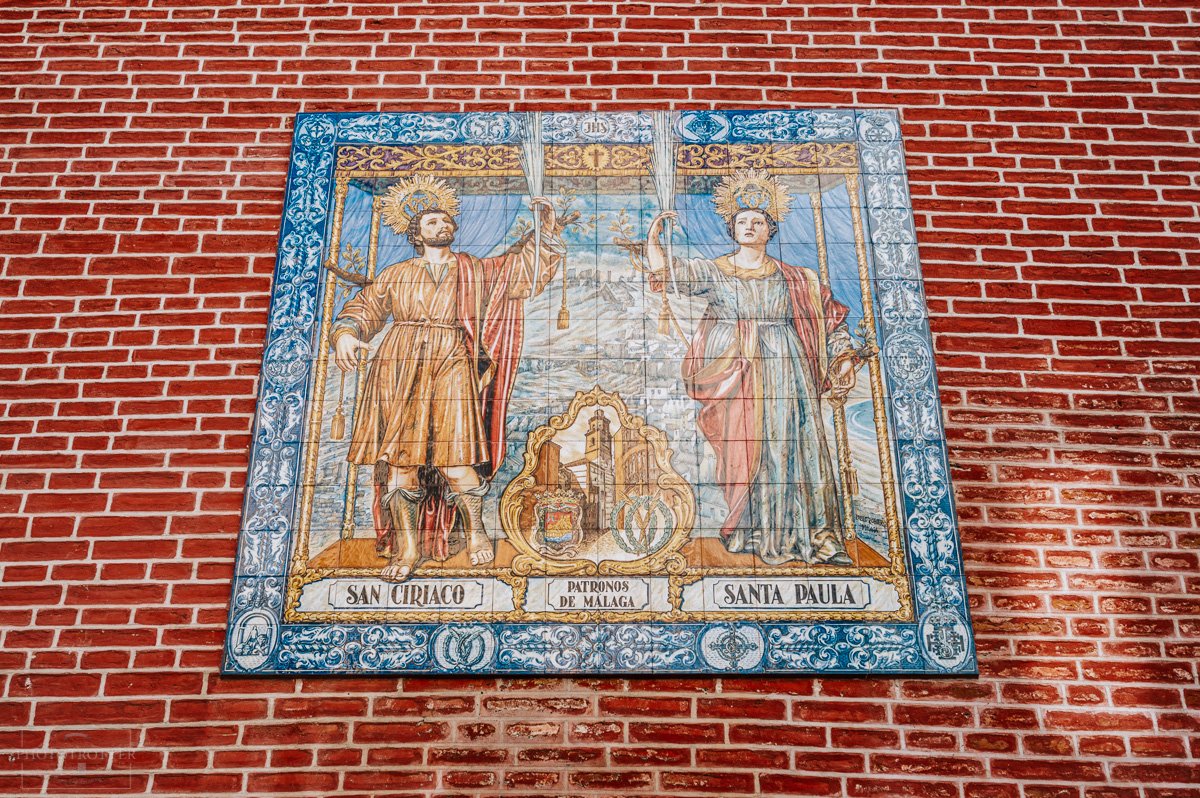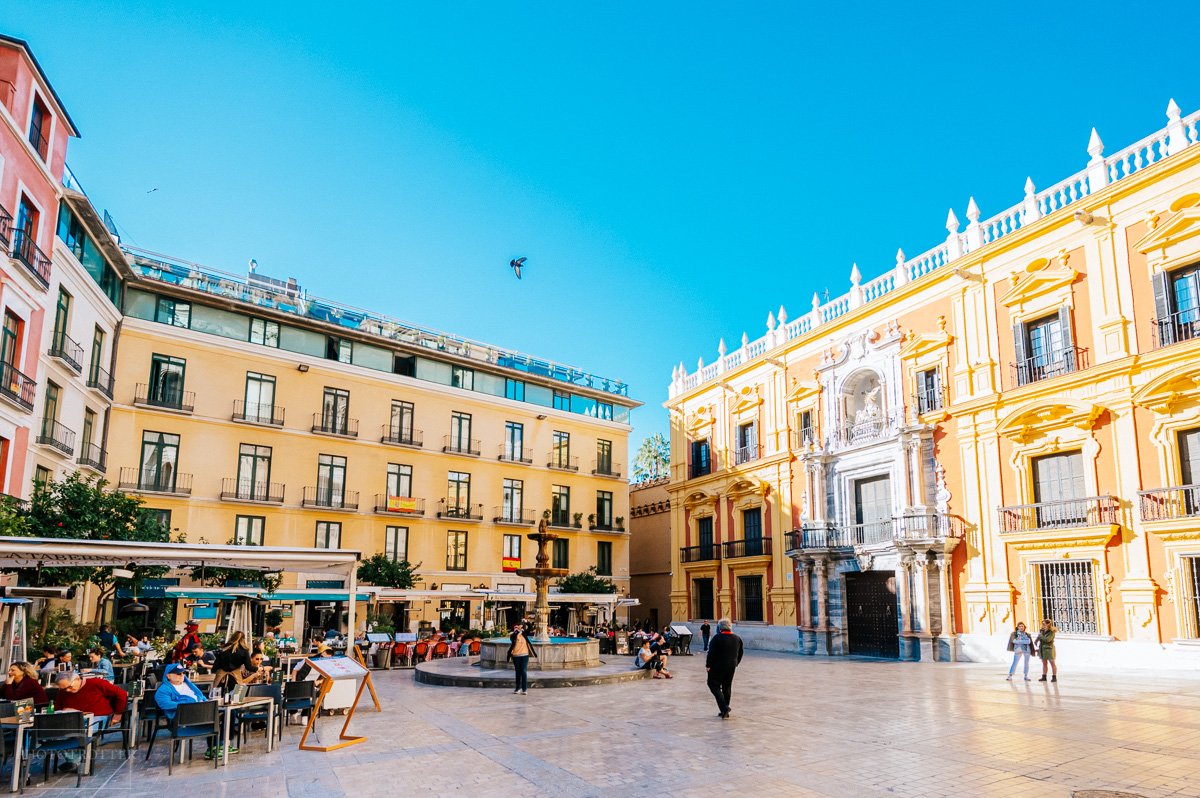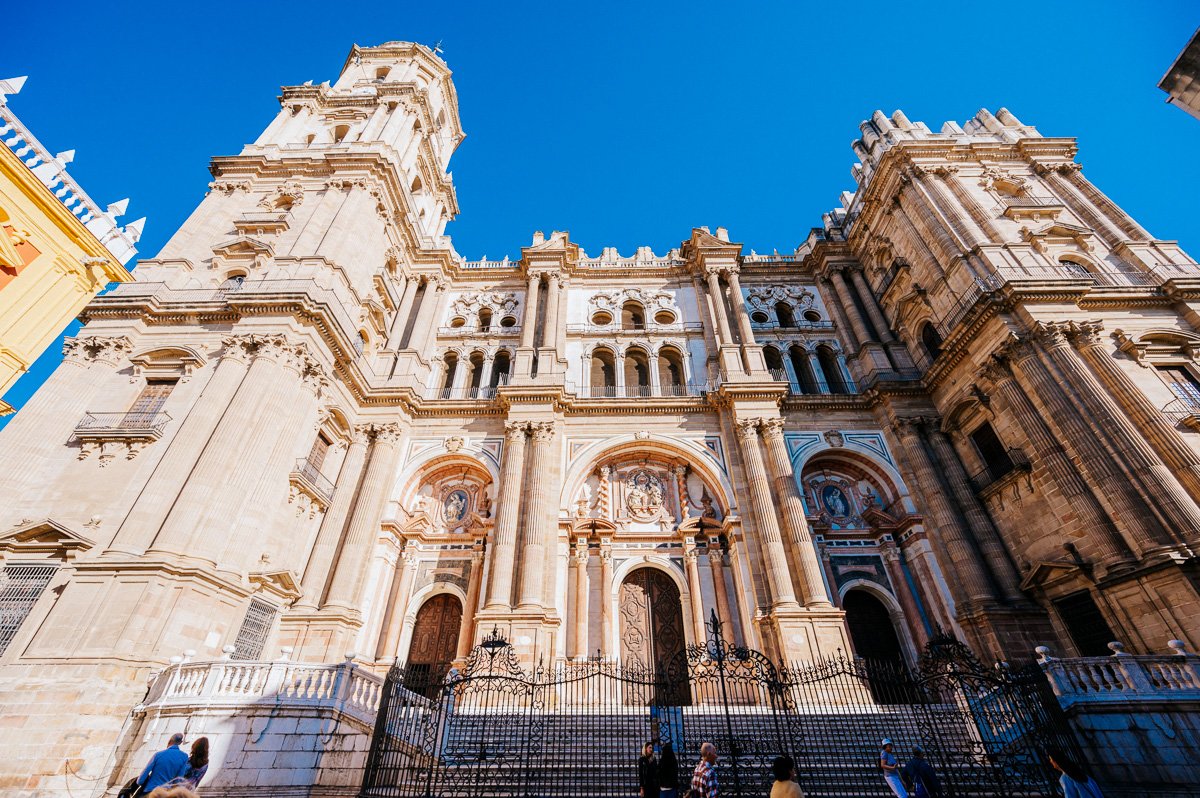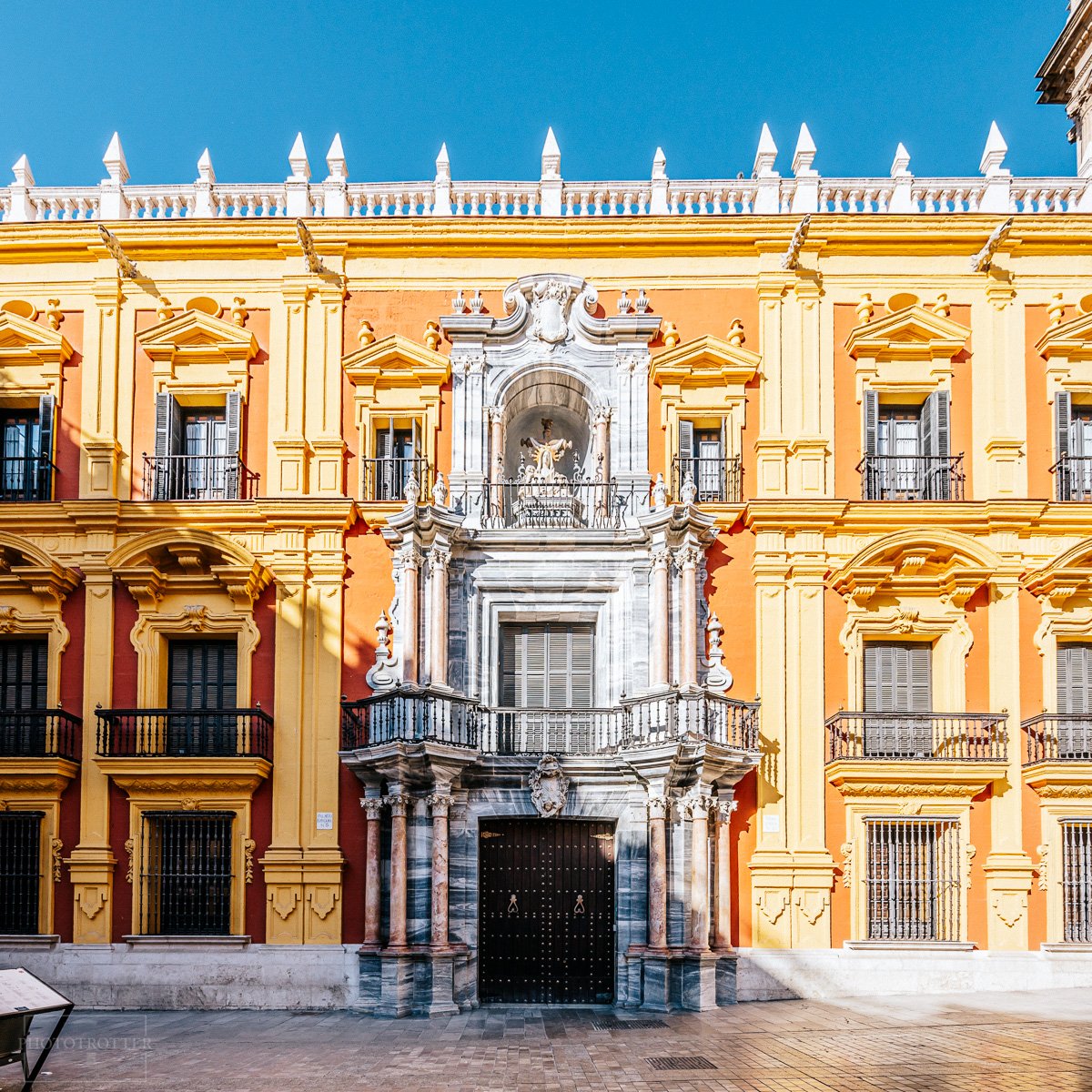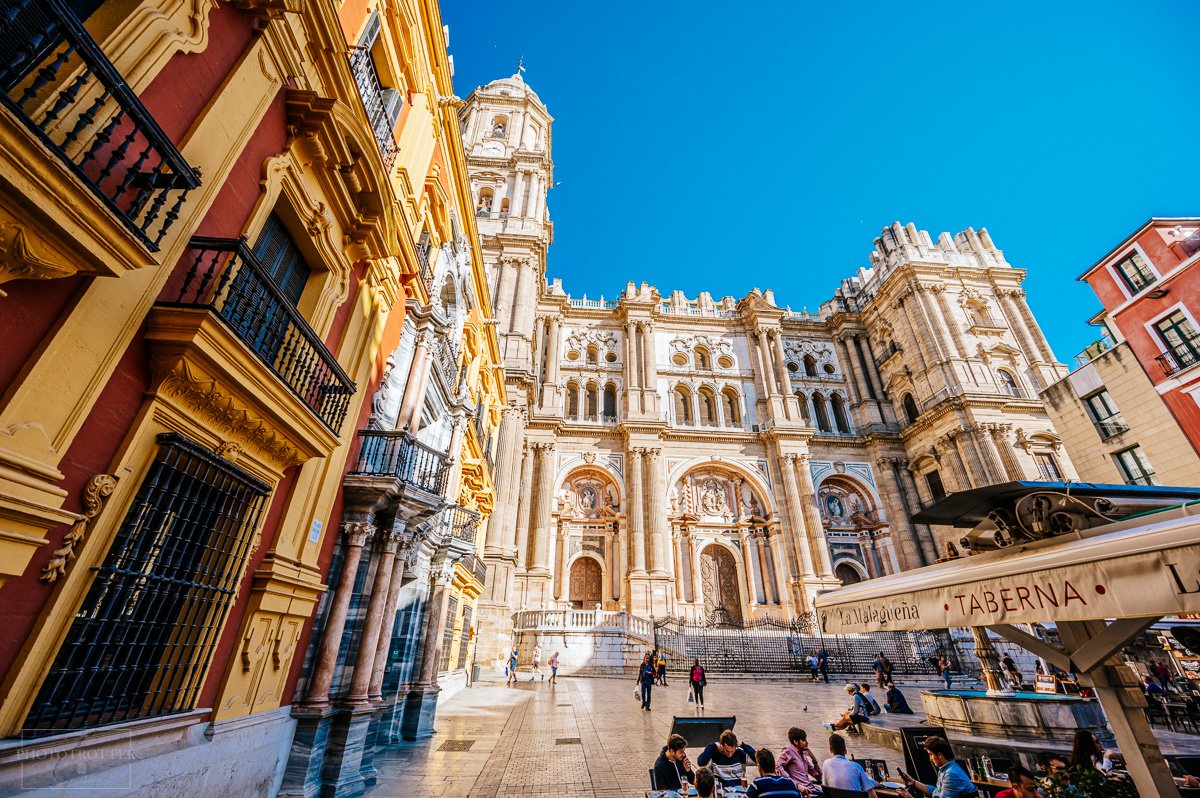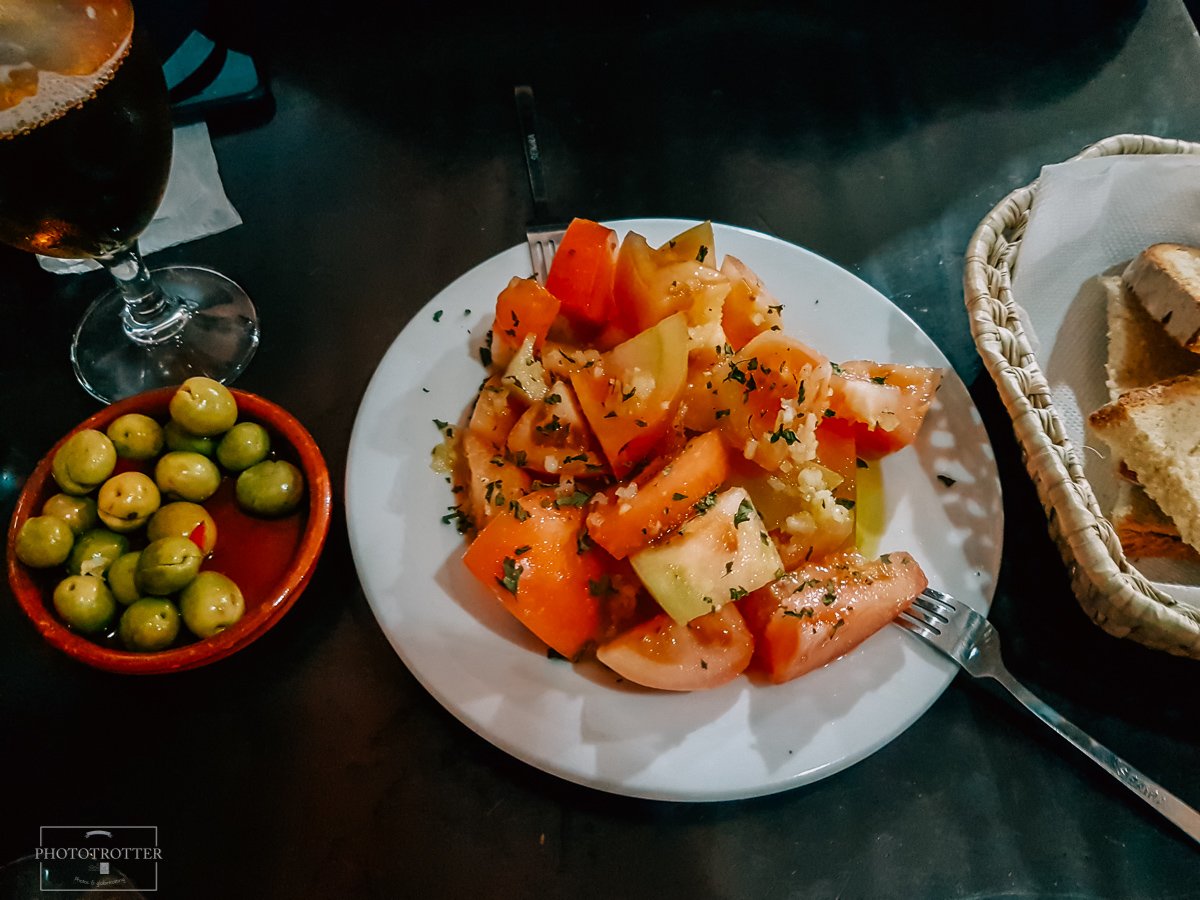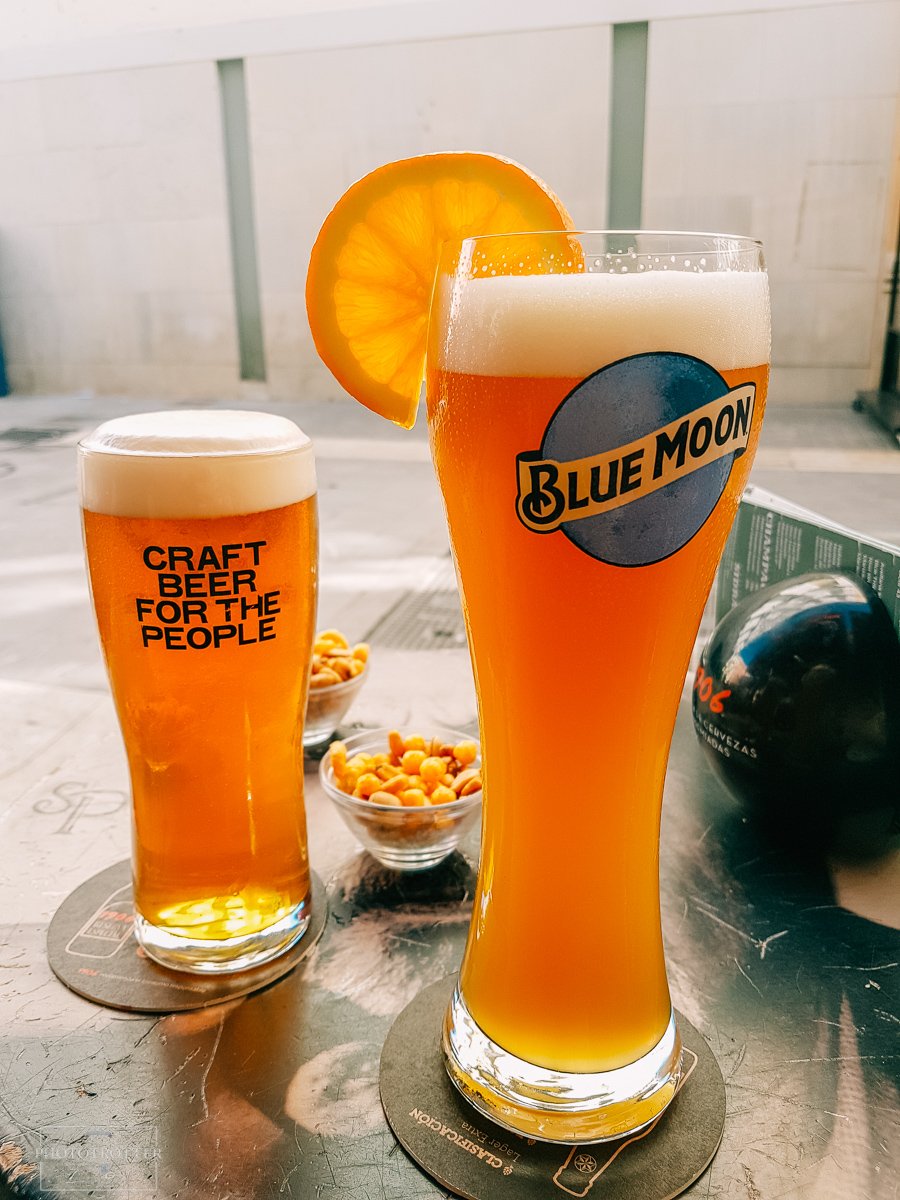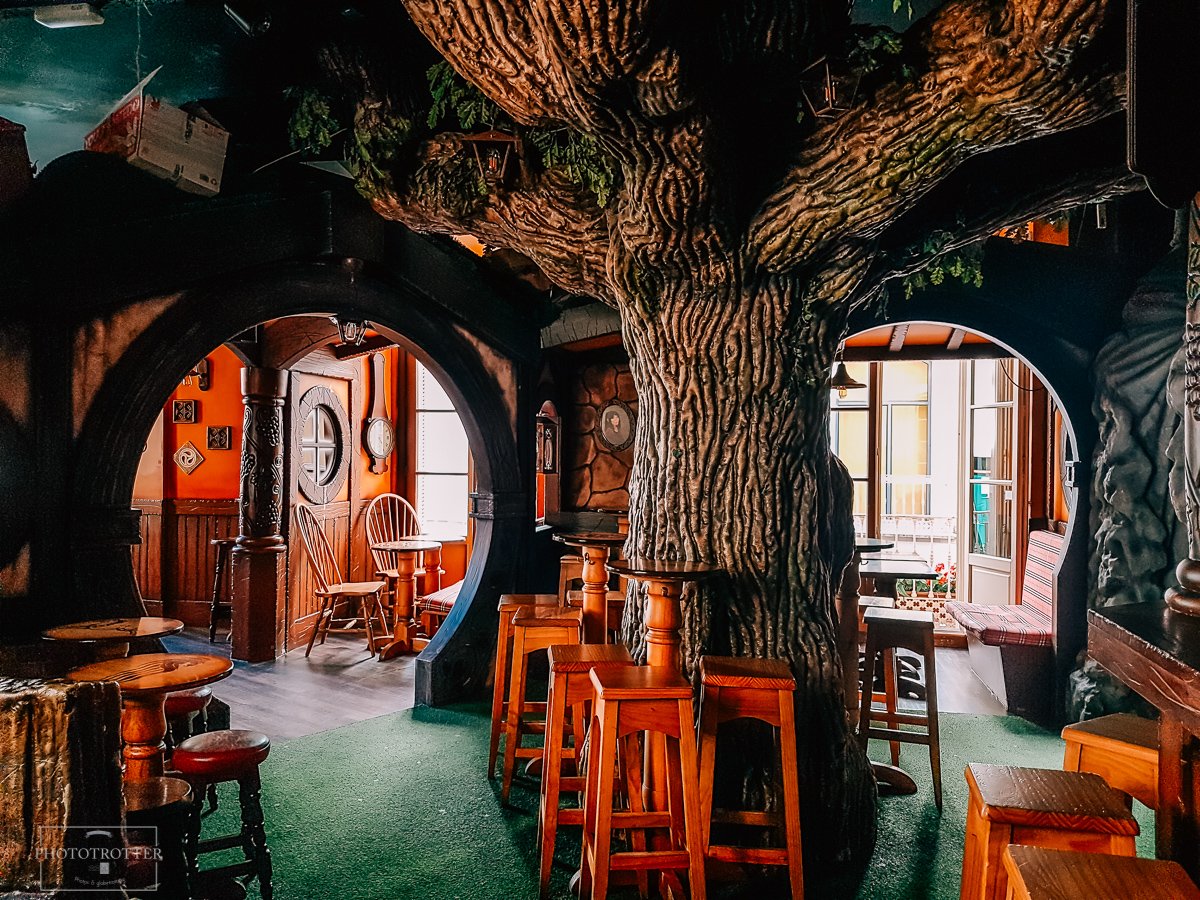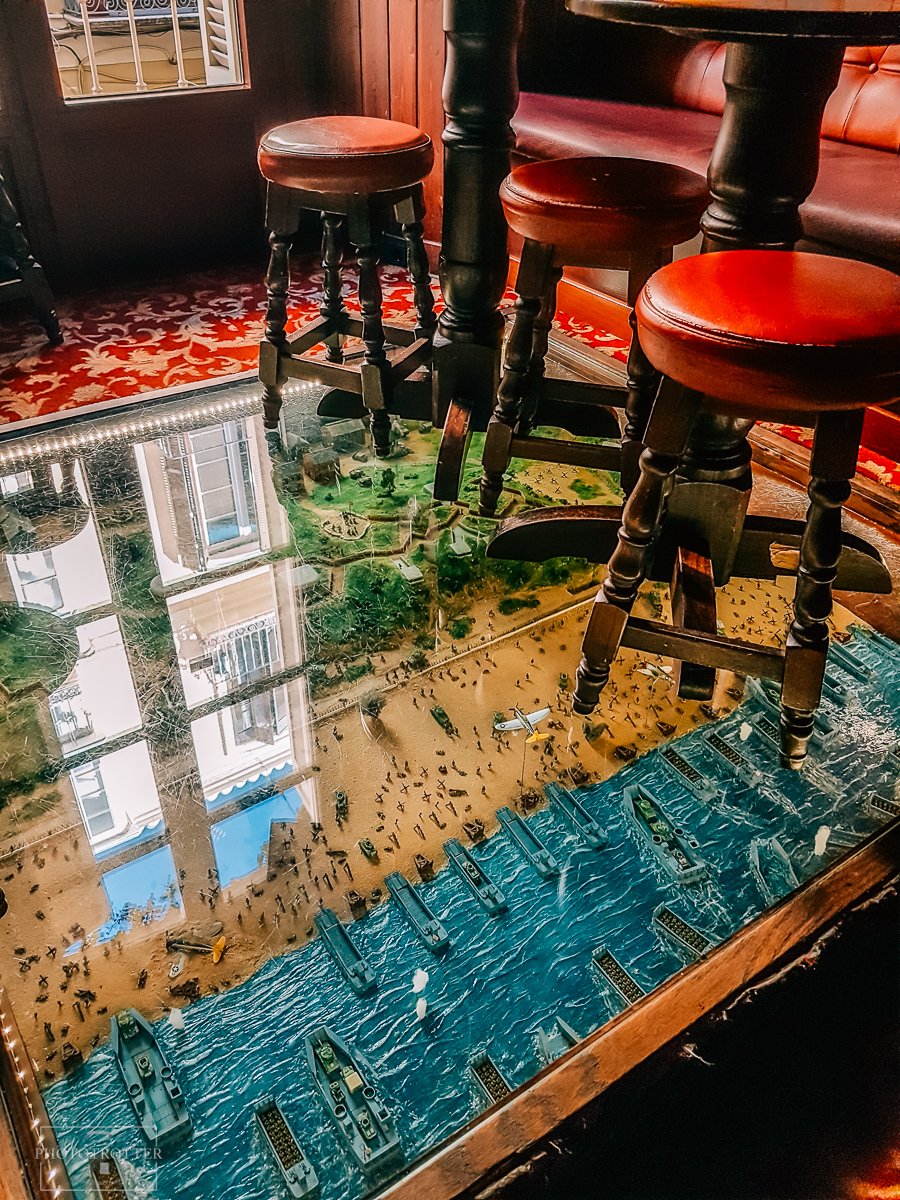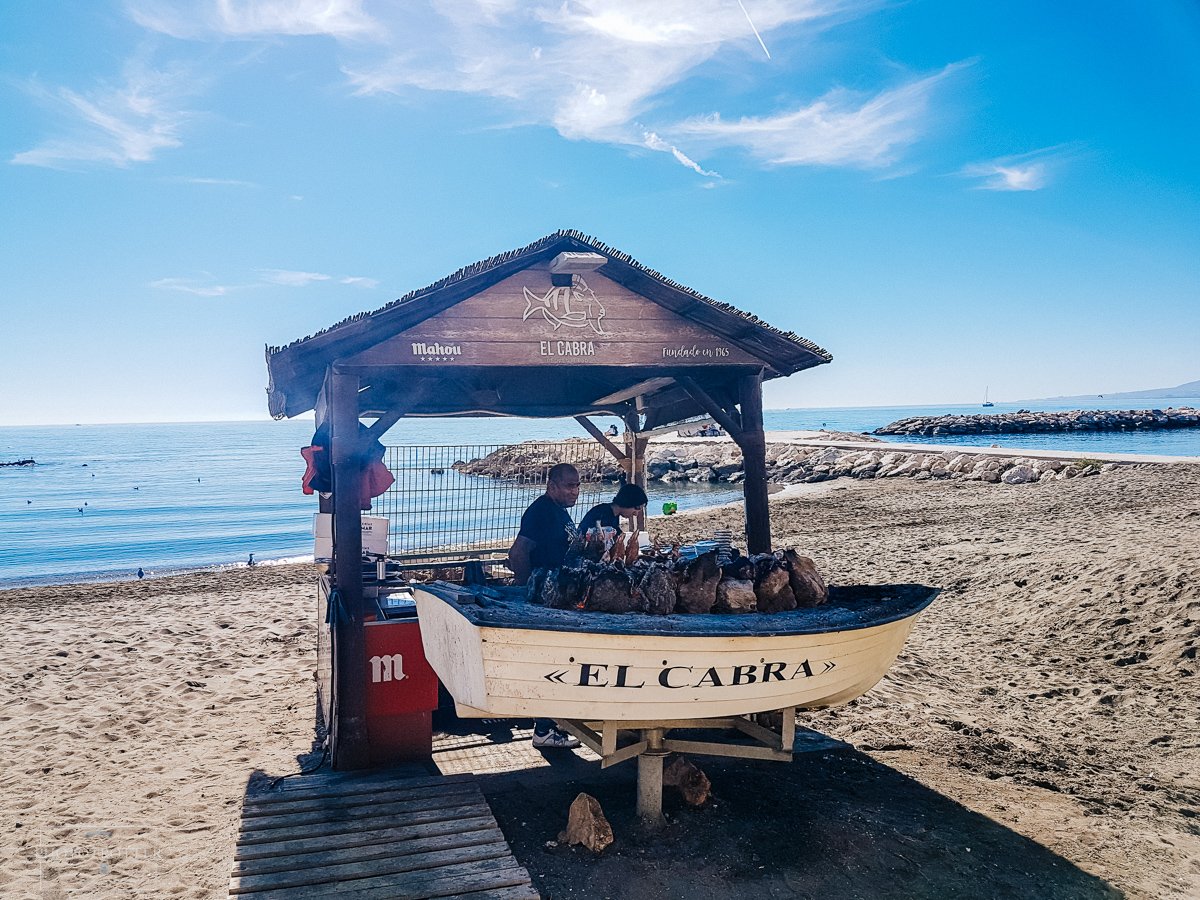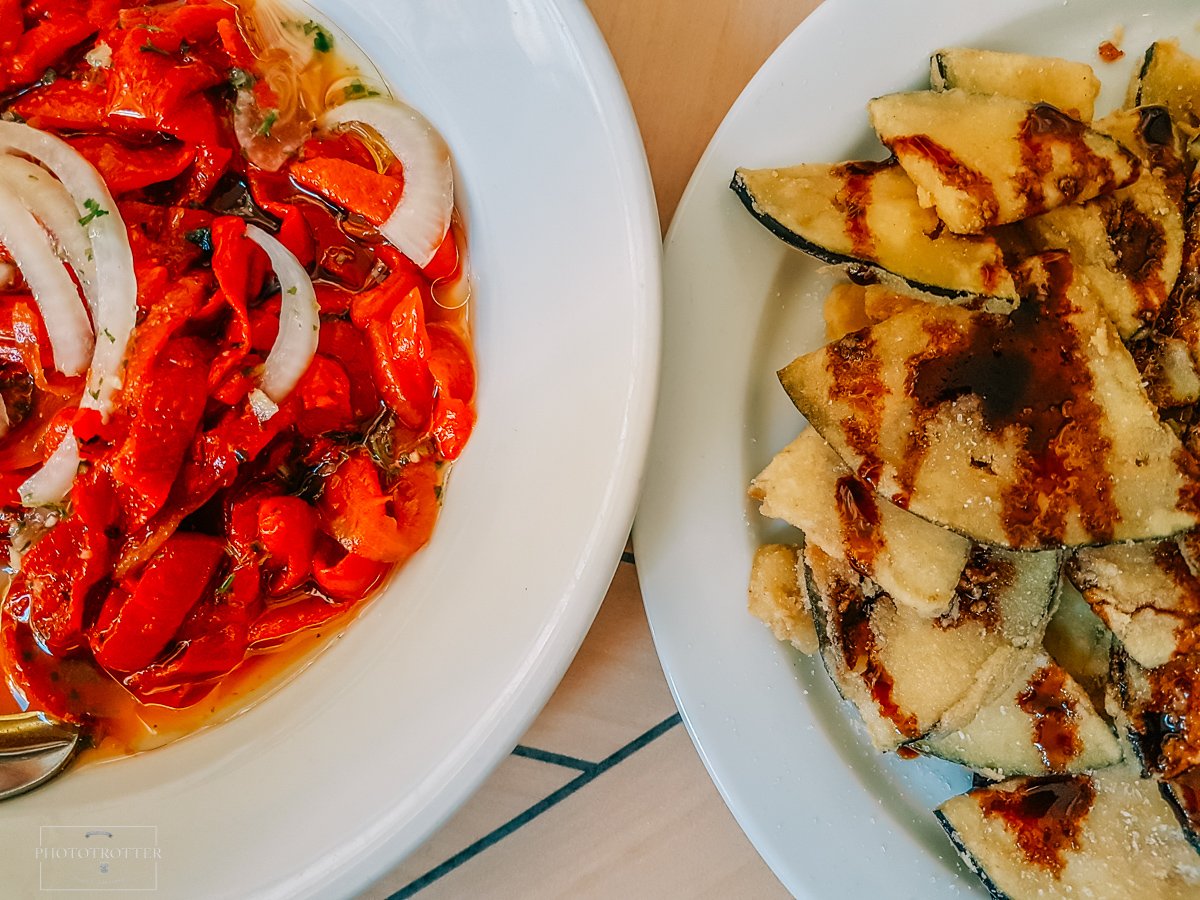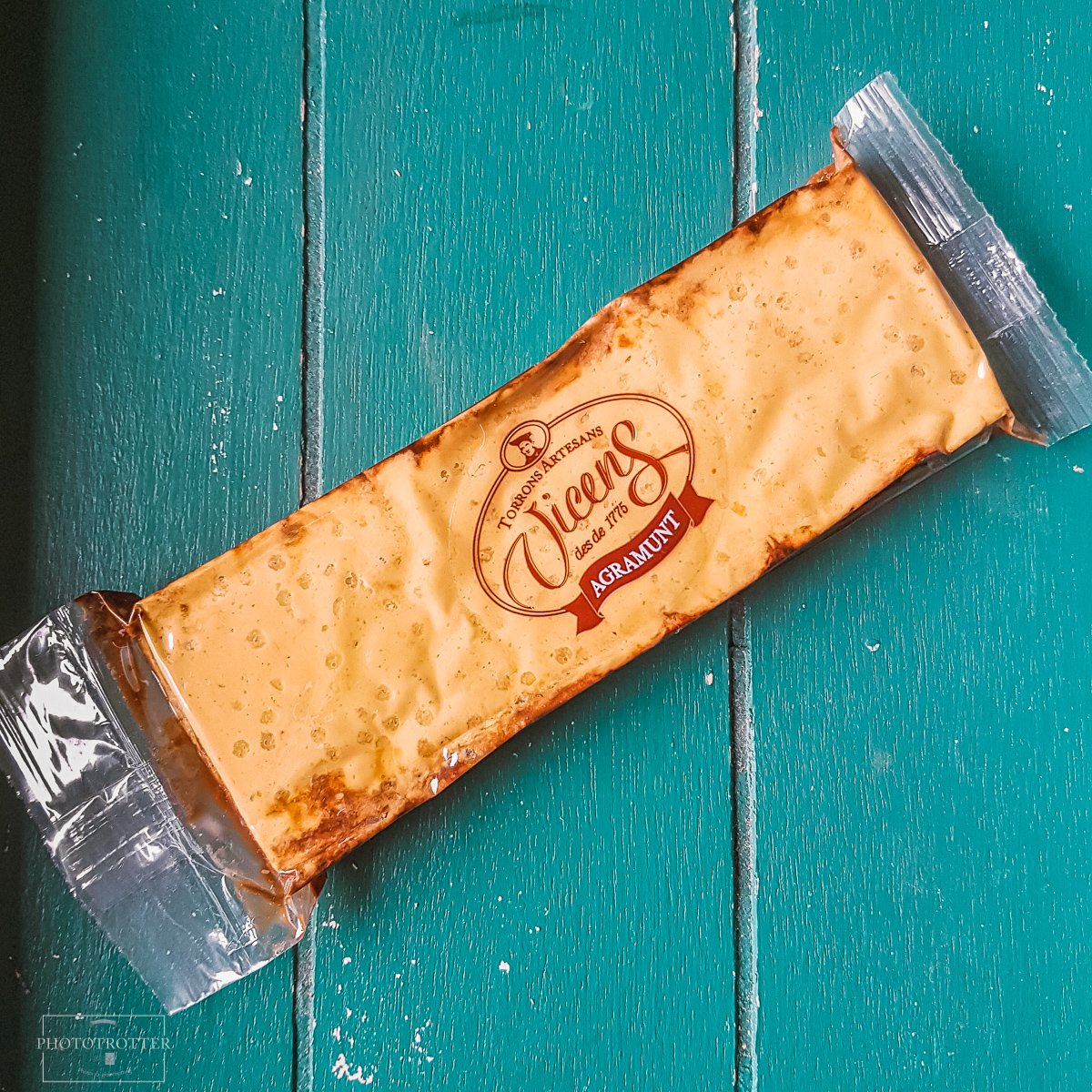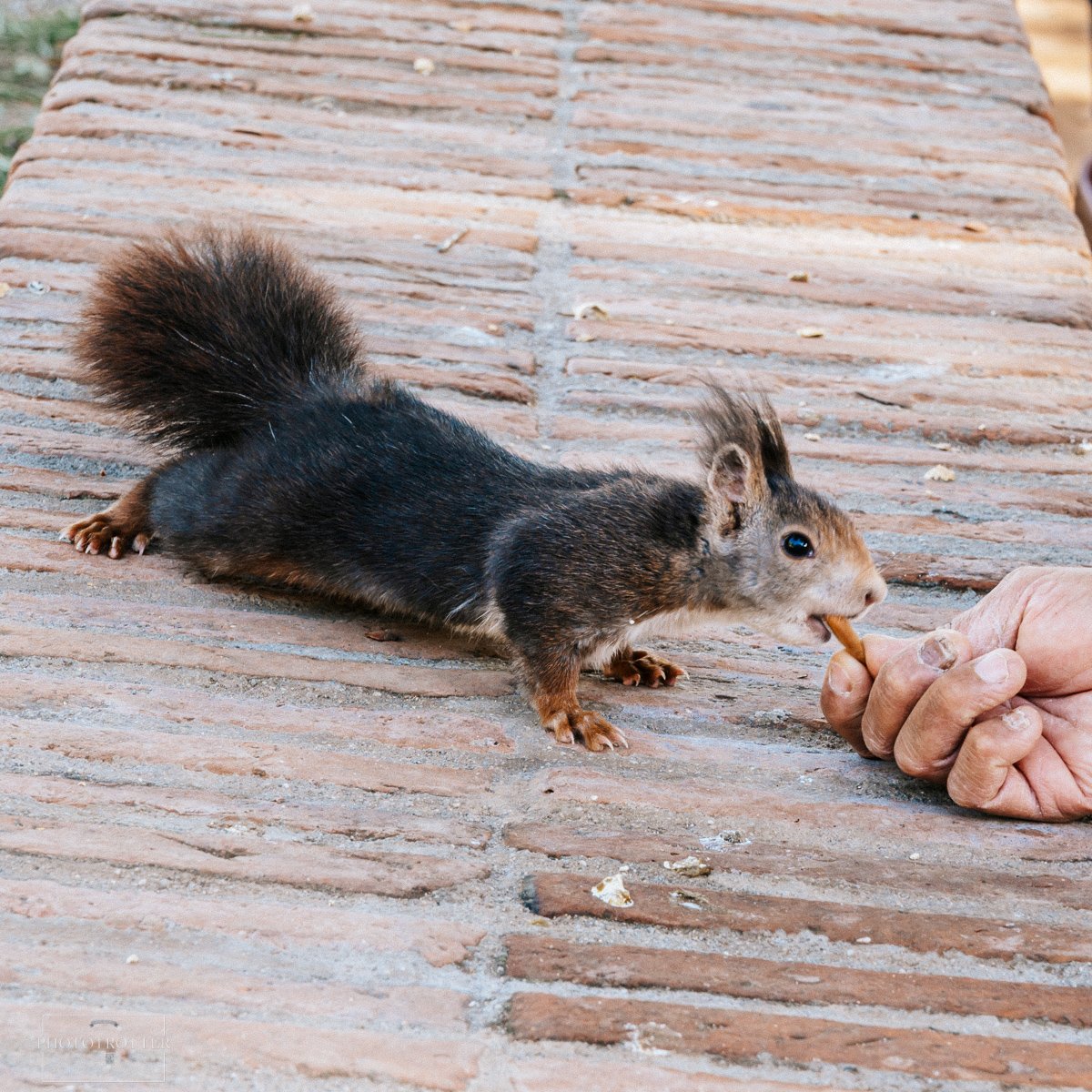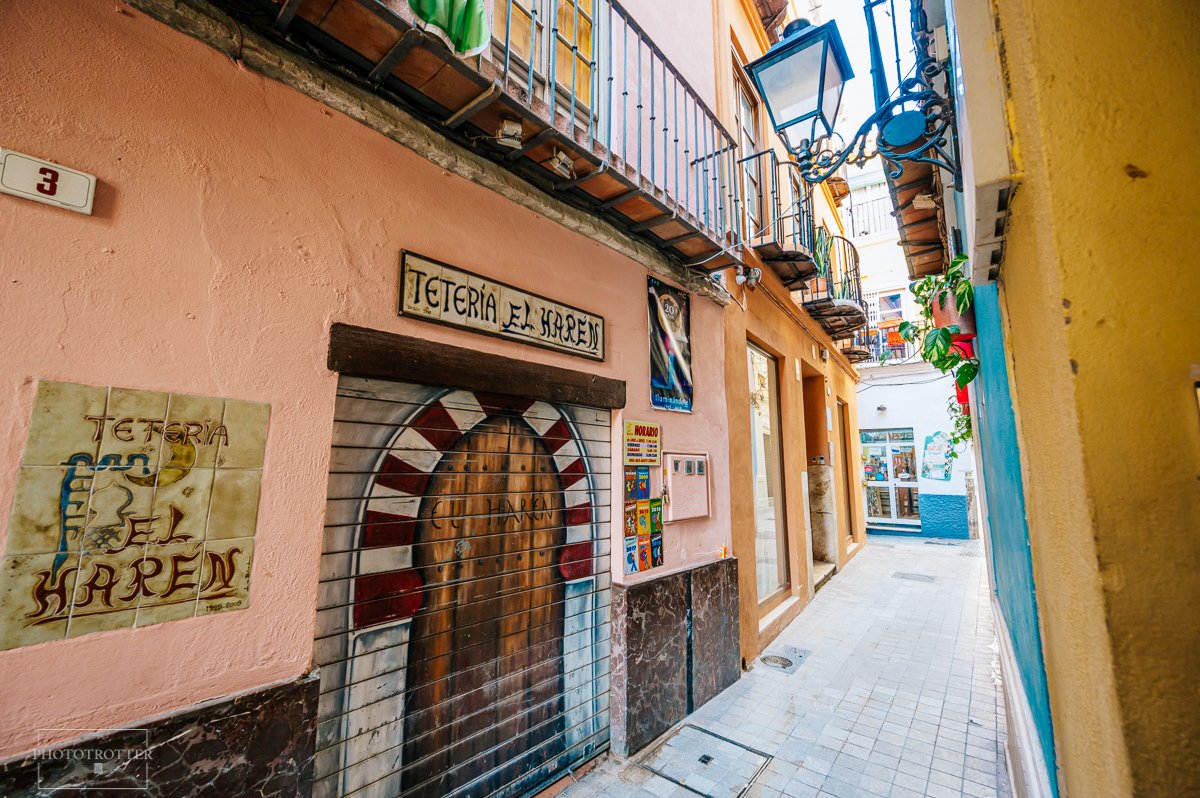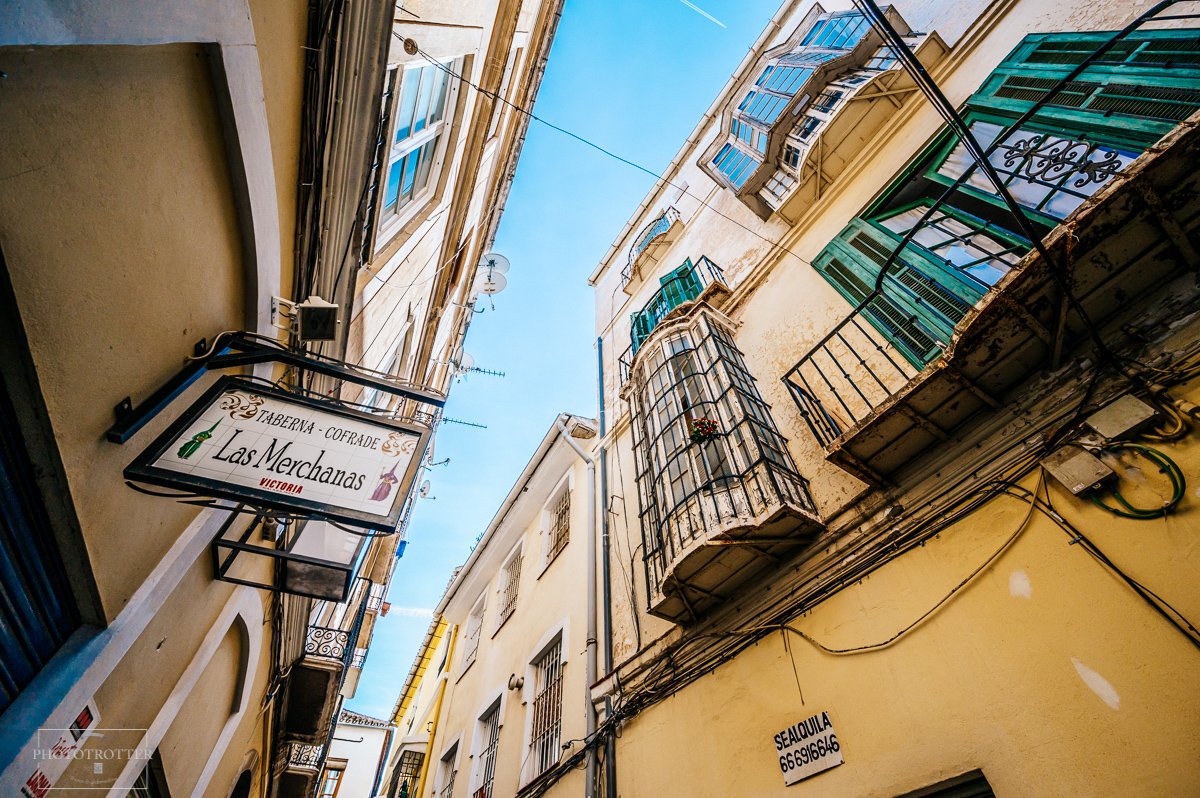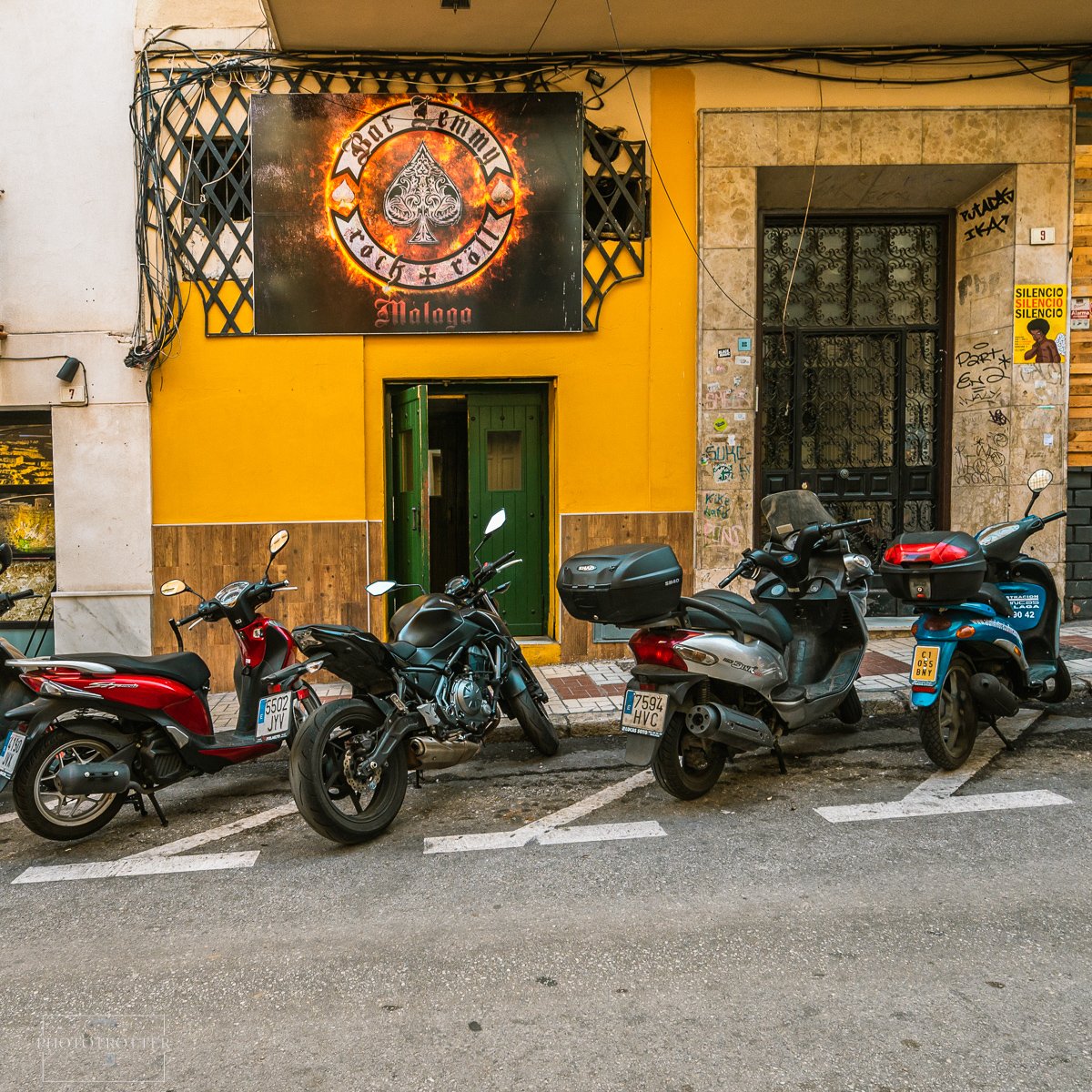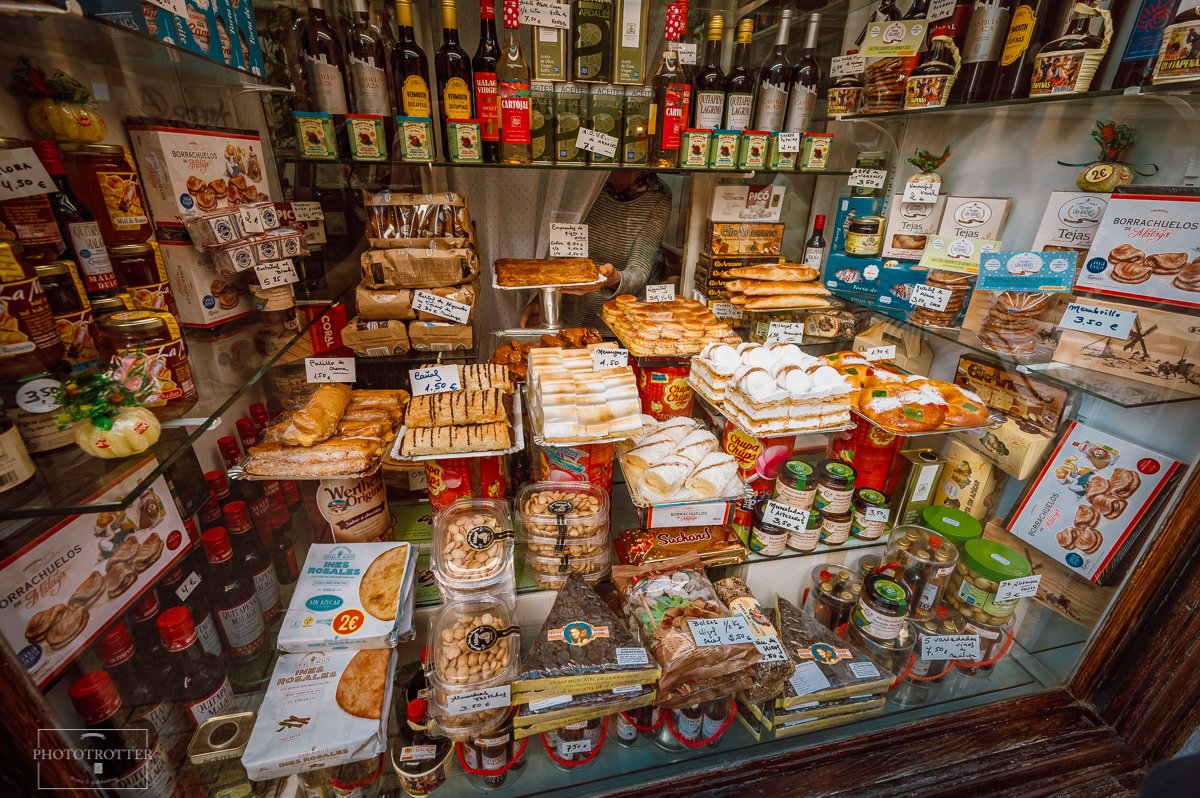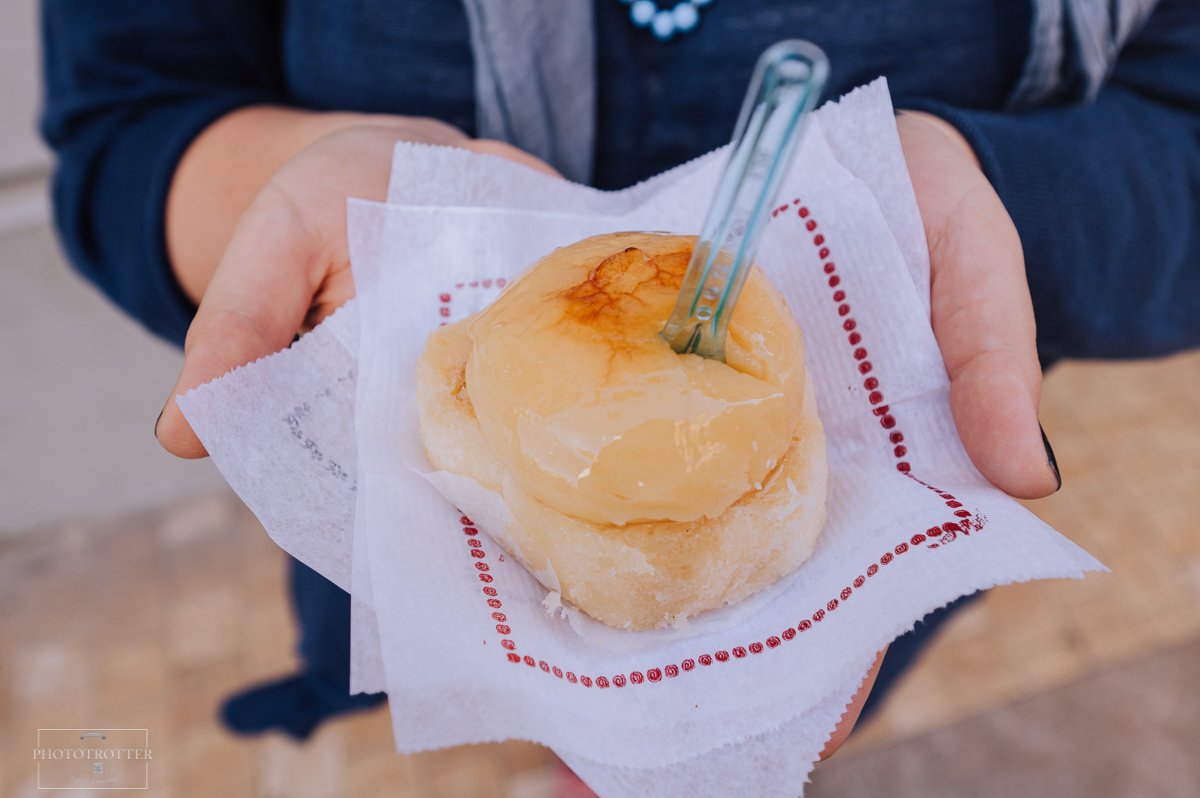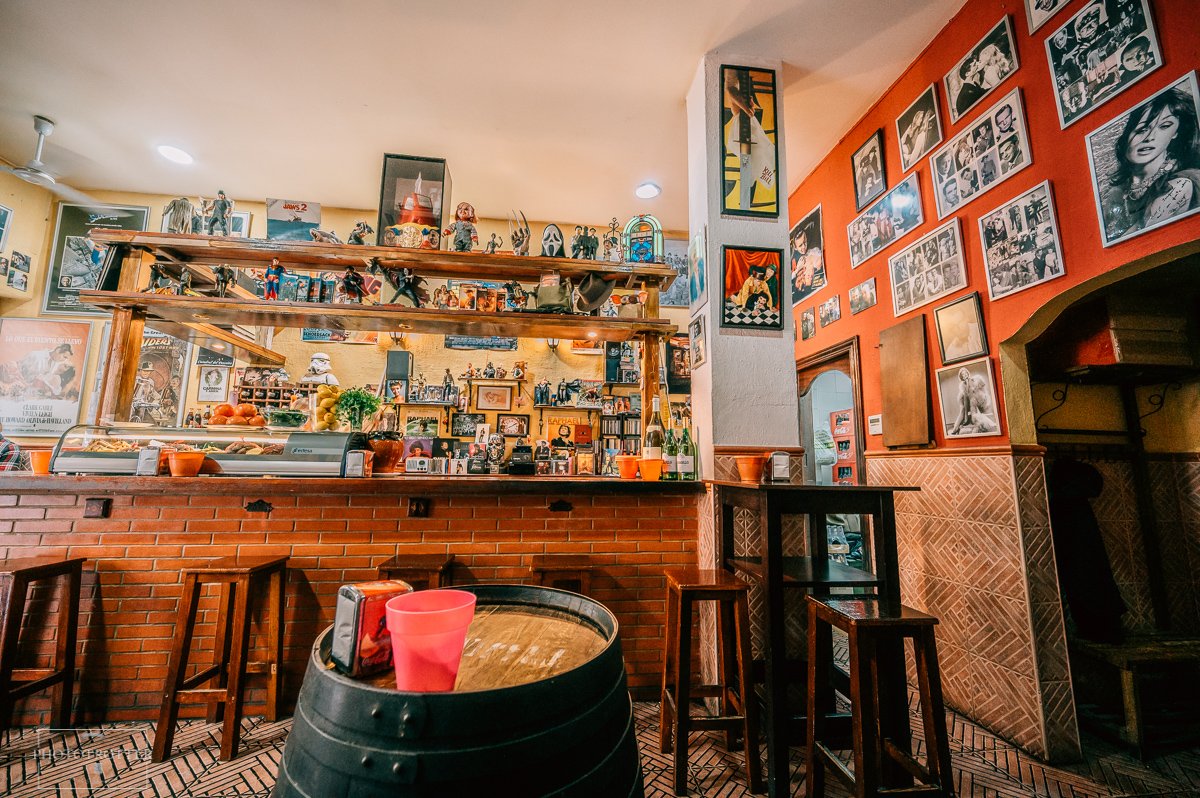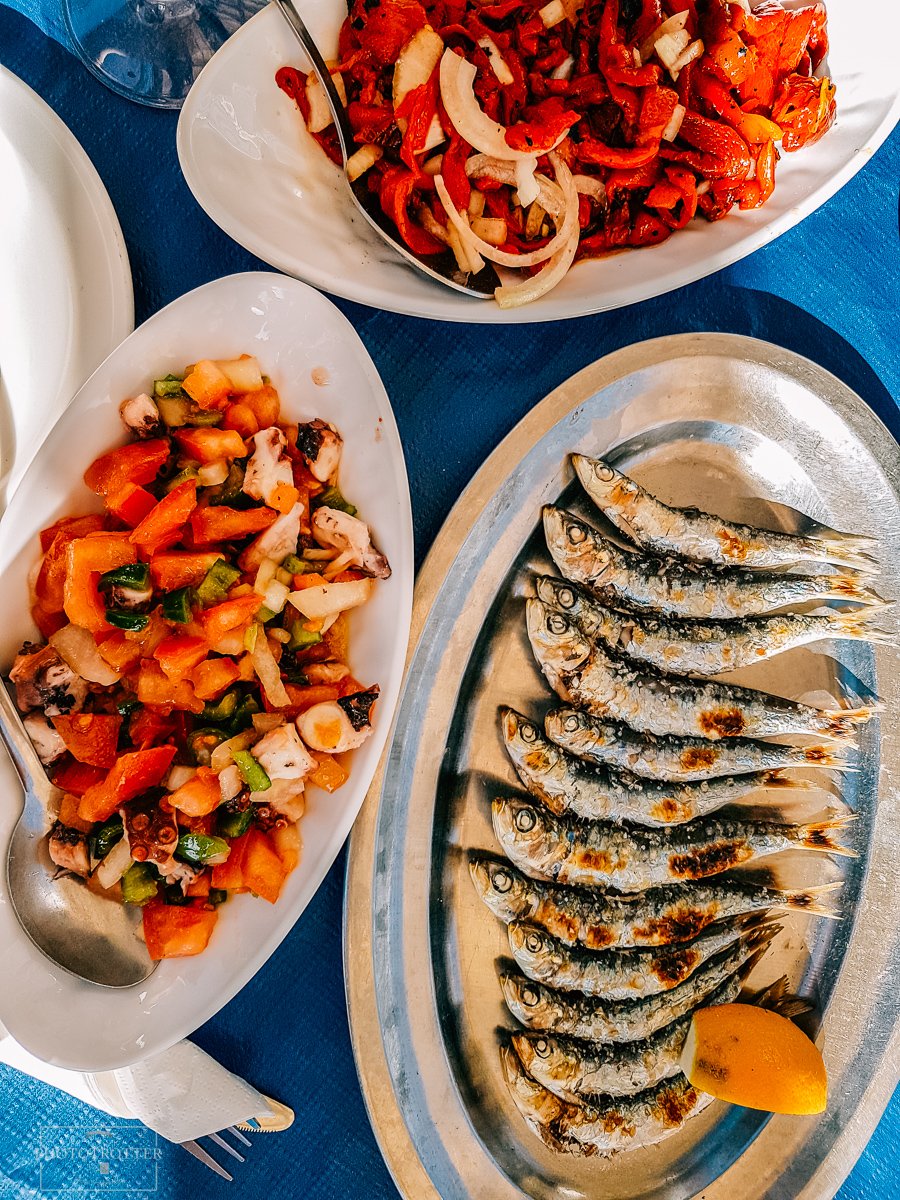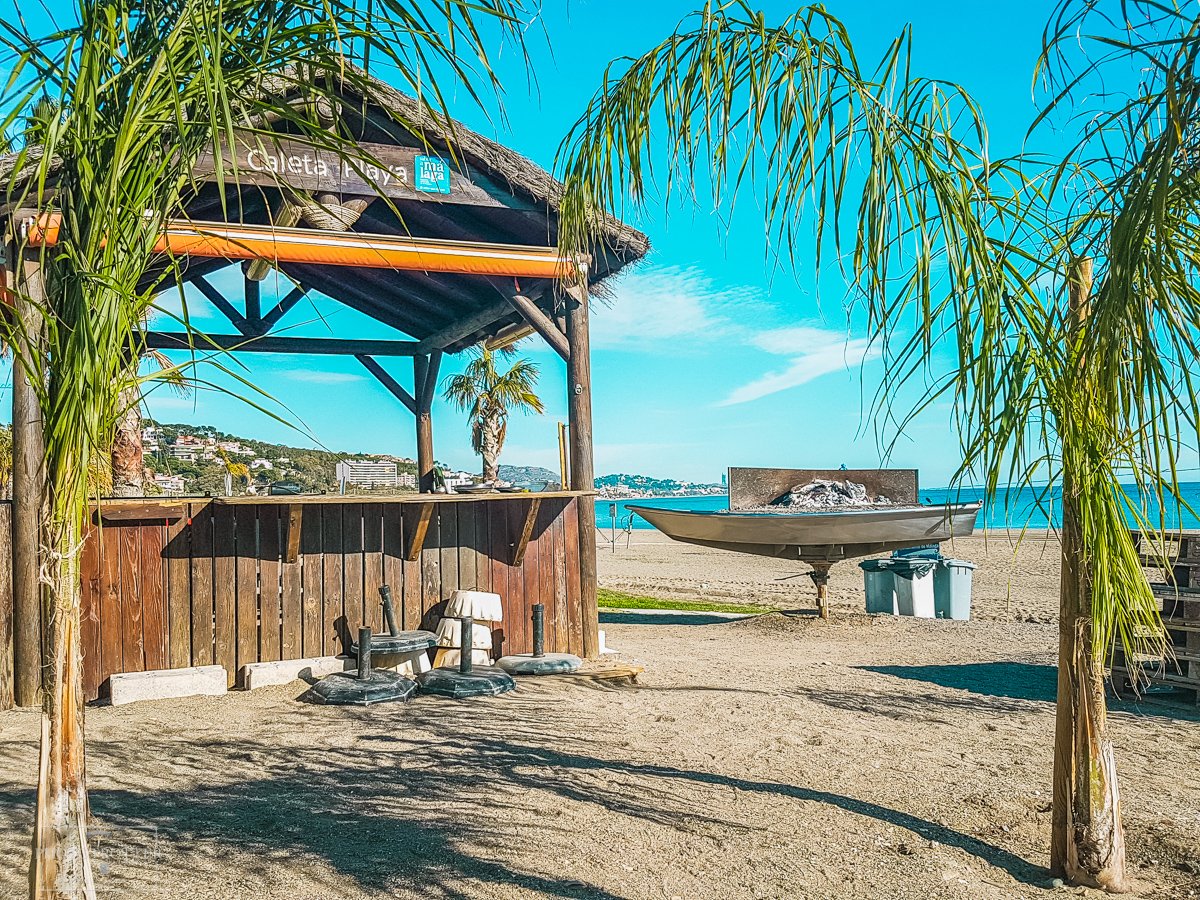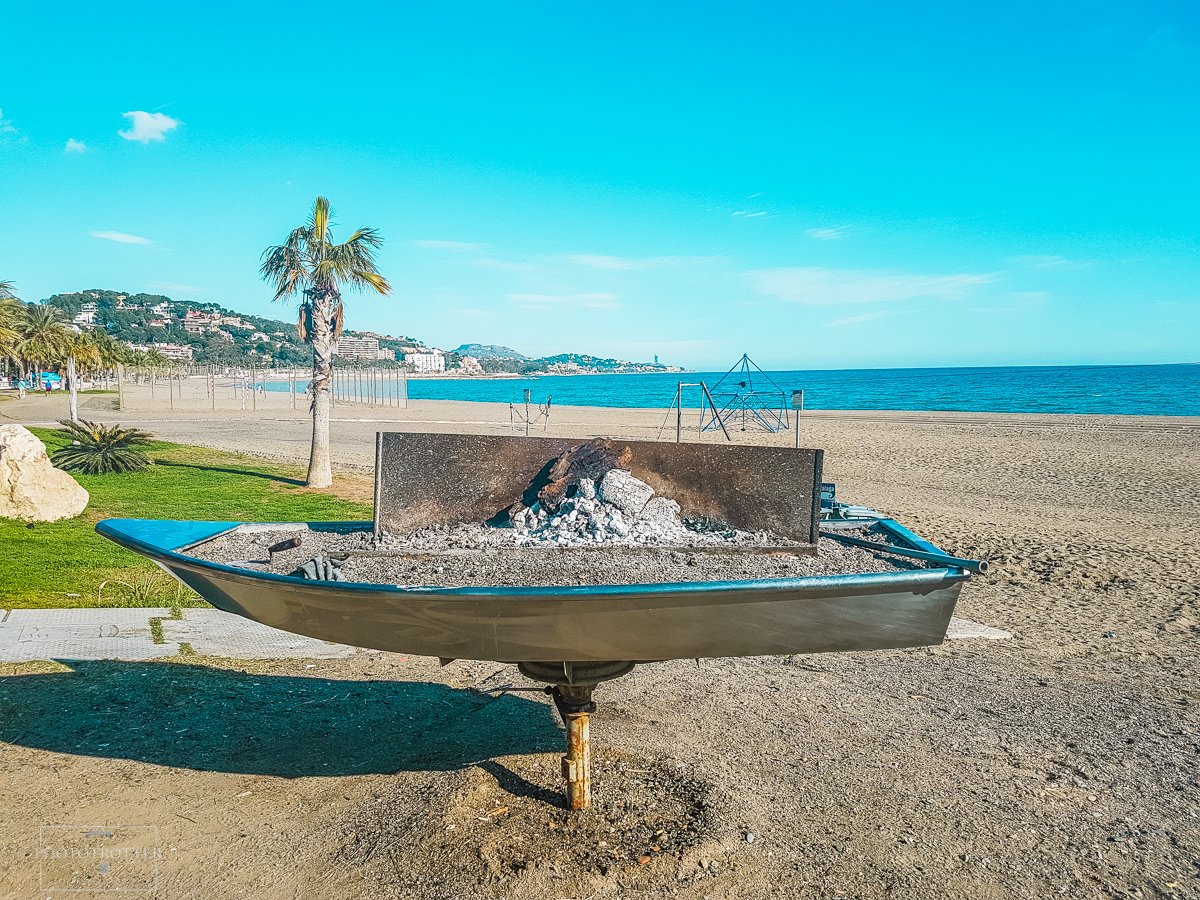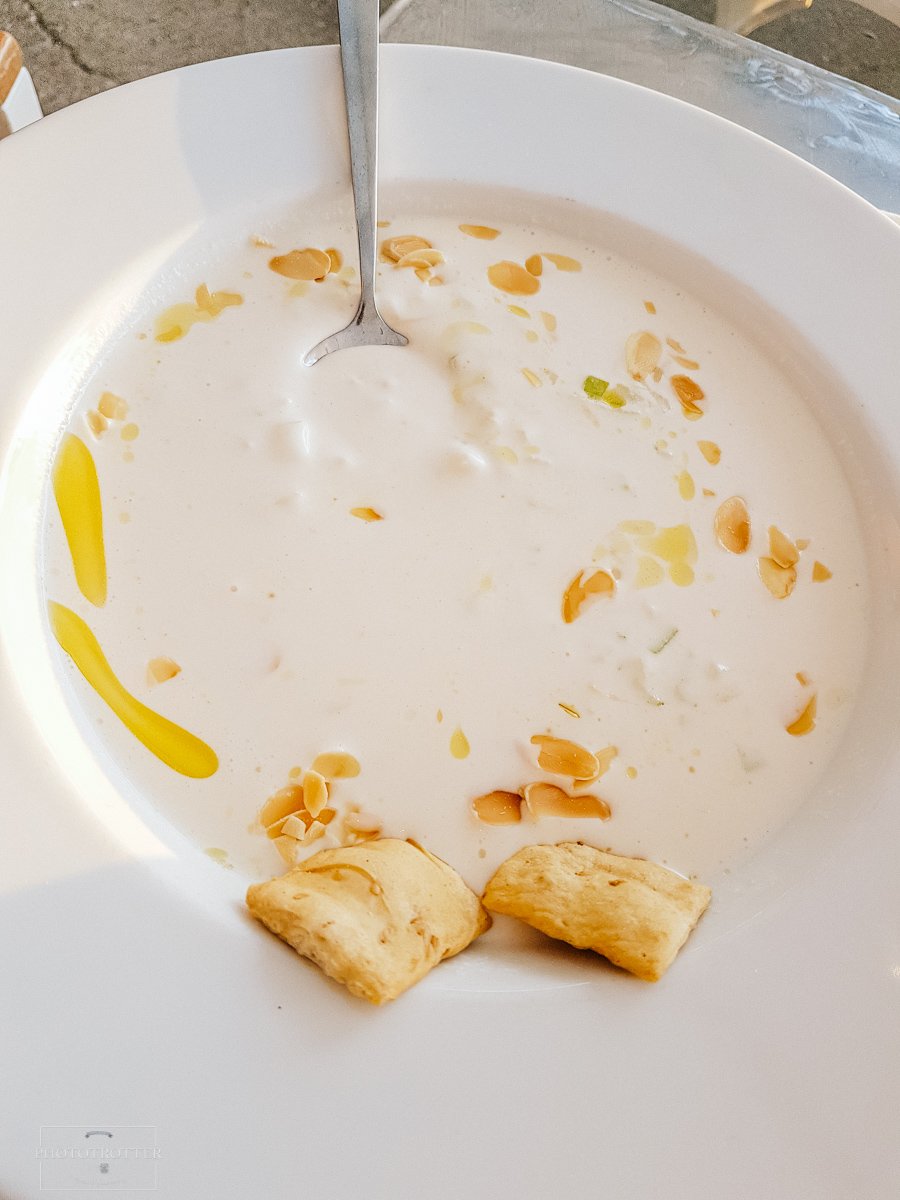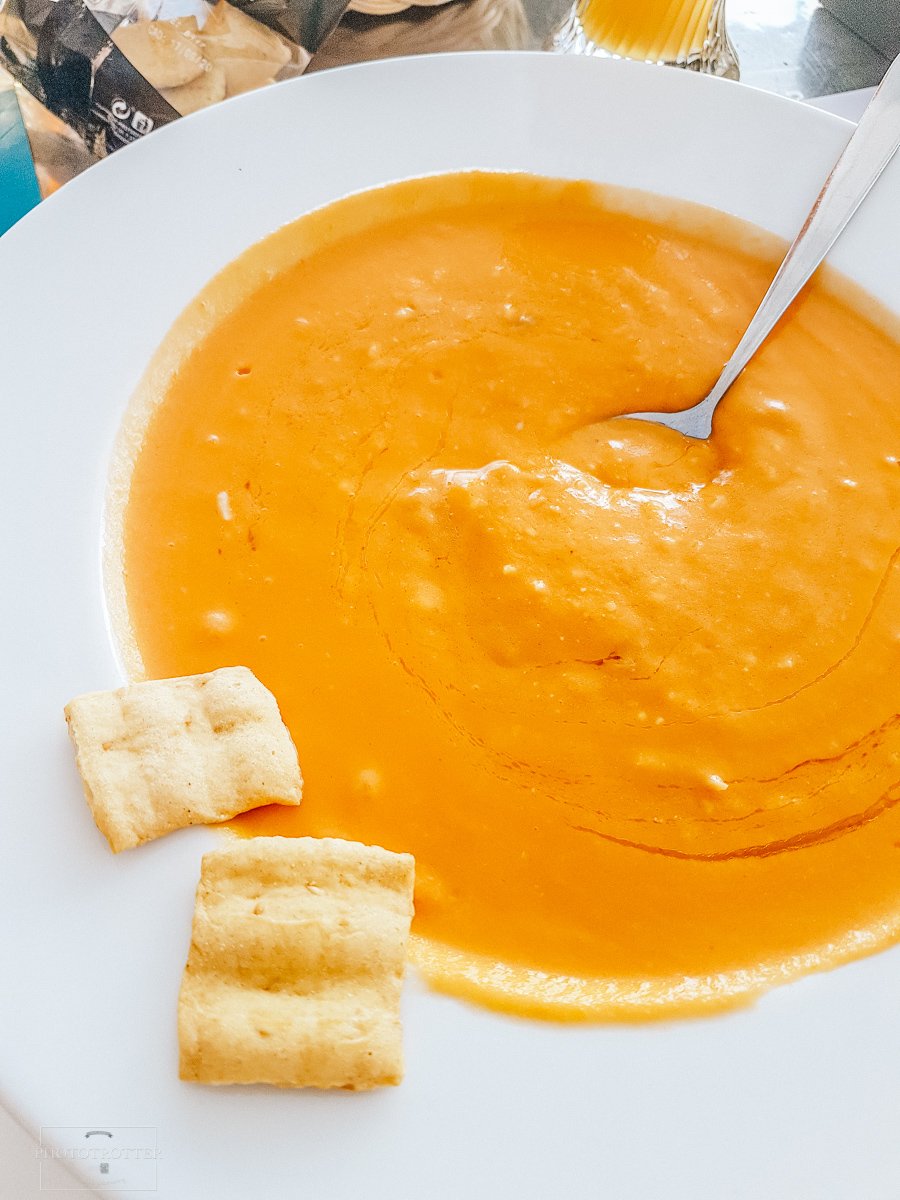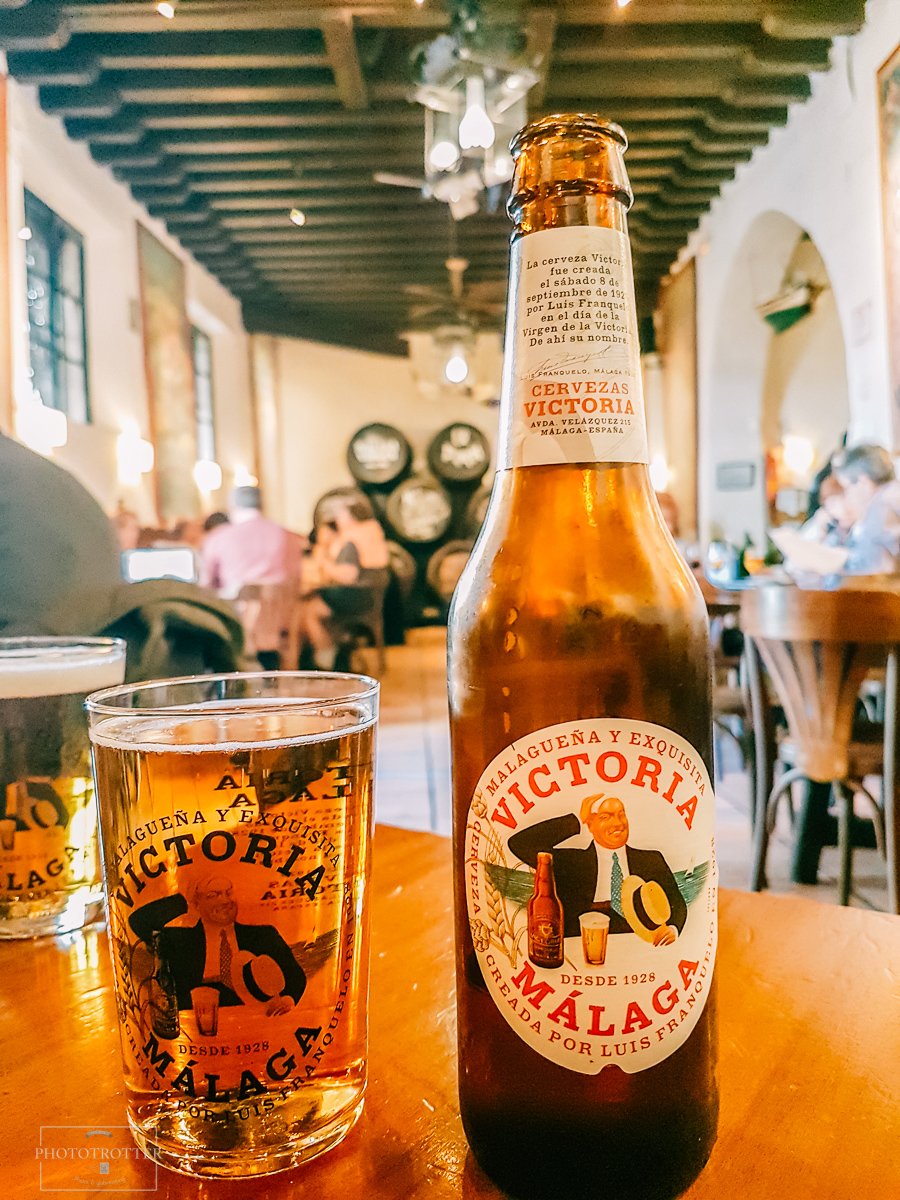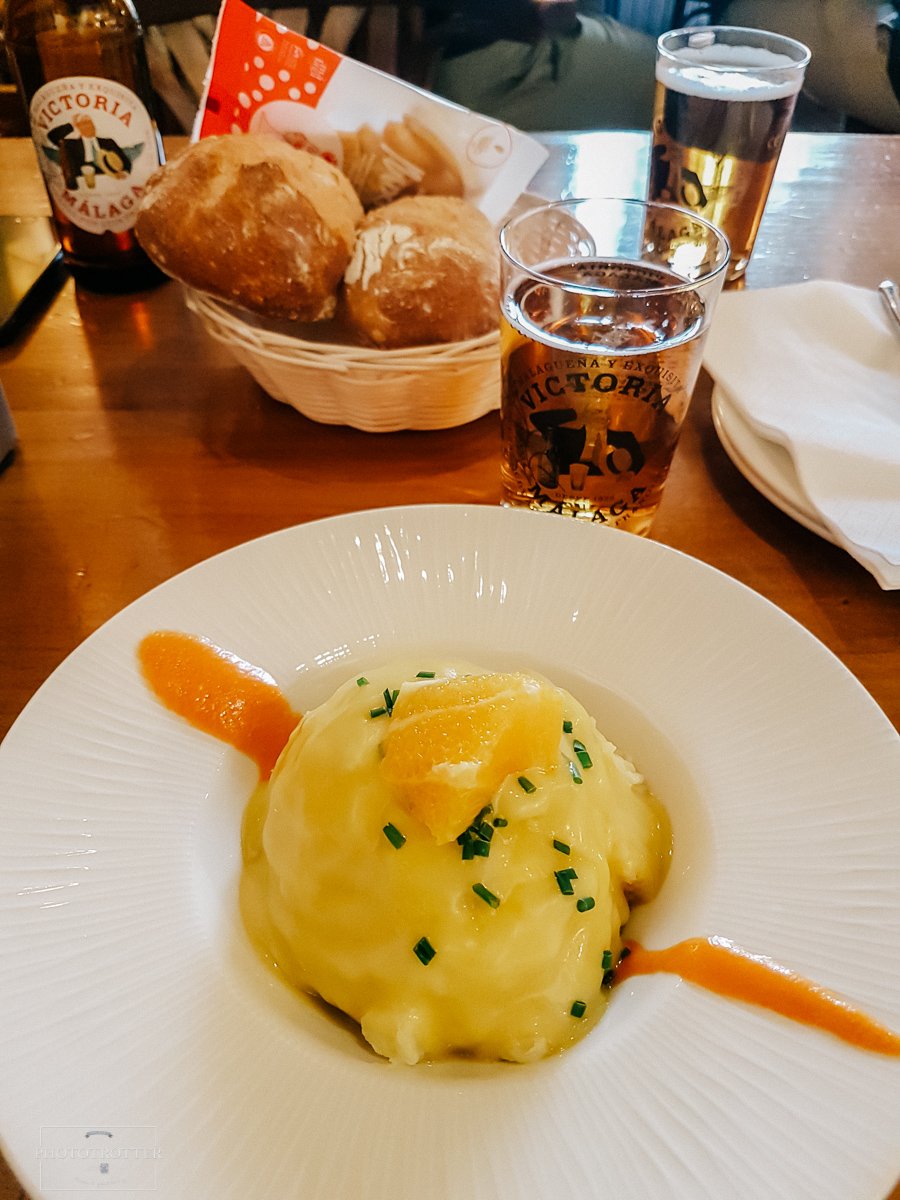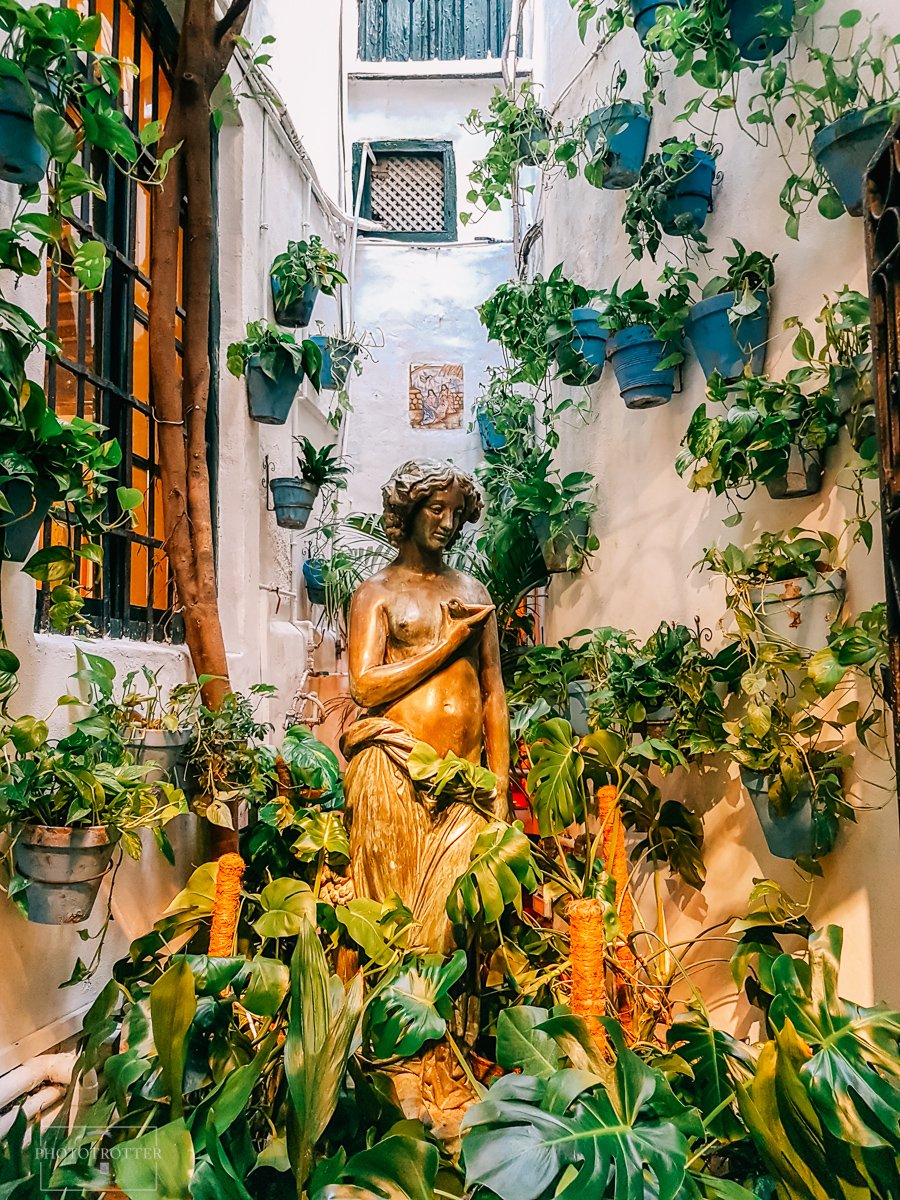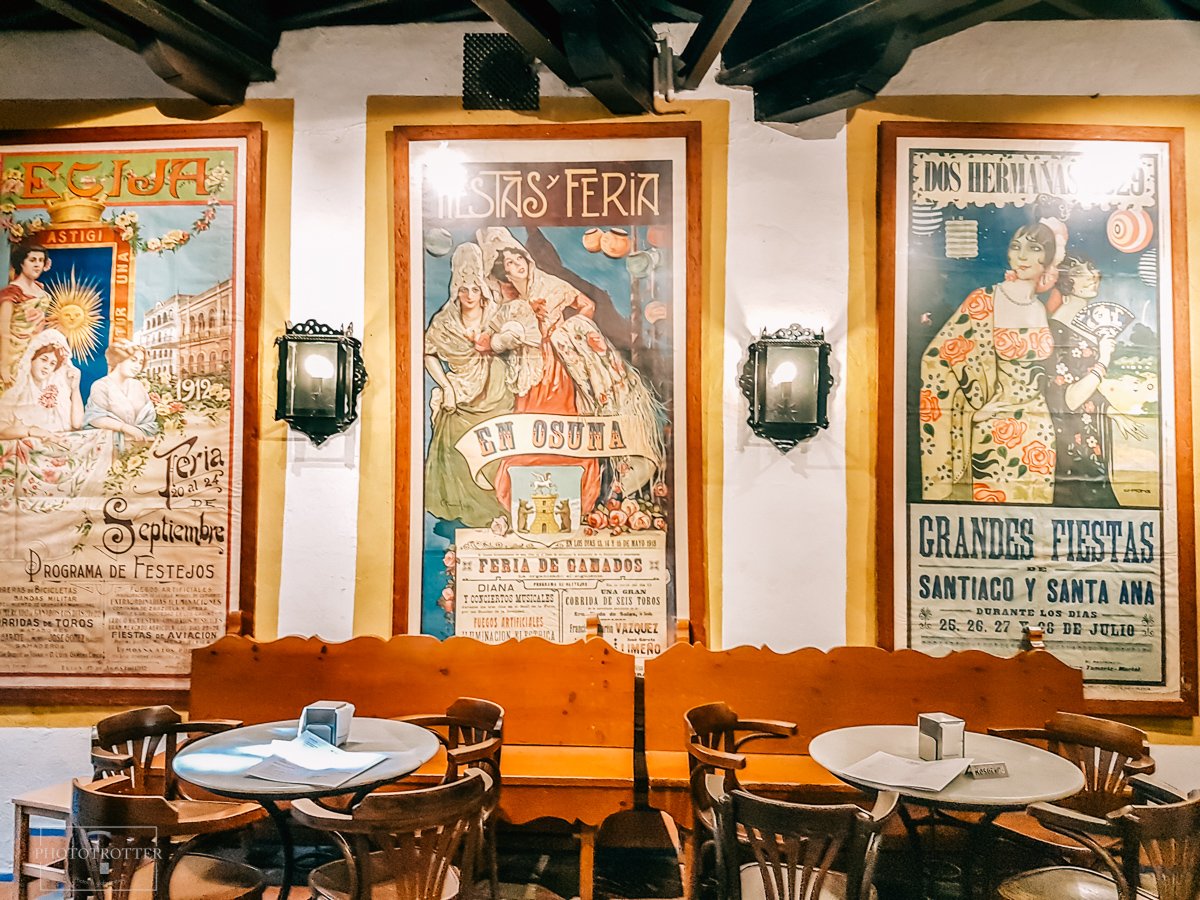What to eat in Málaga, and where
We like to think that eating your travel destination is as important as seeing it, and exploring the local culture can be done not just through popular sightseeing spots and museums, but through food and restaurants as well.
That means finding a good balance between trendy locations (which are more often than not tourist traps or at least heavily tourist-oriented) and authentic establishments, true watering holes where all the locals meet and eat. Both have their value and their charm, but we prefer the latter, as we find them more convincing, a first-hand experience as opposed to a more curated one.
Of course, we are not the only ones who share this penchant, so it’s not a surprise that sometimes what we hoped to be a local quiet tavern proves to be top of the list “best 10 secret places to eat traditionally in [insert destination here]”.
The hunt for memorable places in Málaga was fruitful. Spain is the country with the most pubs, restaurants, bars etc. in the world: one for every 175 inhabitants. Or at least that was the situation in 2020. Eating out is so important in Spain that they want to make this whole food &hospitality industry a UNESCO National Heritage Site.
So, let’s start with street food.
No, there’s no roast squirrel. It’s roast almonds, almendras tostadas. They can be bought on every street corner (but don’t! well… do, but seriously, you need to know when to stop! I didn’t.) and they can be sweet, spicy or salty (with olive oil), the most delicious calorie bomb. Eat responsibly. This little furry dude seemed to be a regular at a certain almond cart up near the Alcazaba. The vendor knew him, and he knew the vendor’s weak spot.
Next on the must-list: grilled sardines on a stick, aka espetos.
Usually served in a batch of 6, they are a beloved beach bar food. I say beach bar, but I mean chiringuito, which is actually a beach bar and a tapas place smashed together in a rustic no-frills beach shack. And no respectable chiringuito will lack a sardine boat. Not for fishing, but for grilling (see below).
Back to the sardines, you can eat them all-year-round like the unsuspecting tourist that you are, but the locals say they are best eaten only in the months with no R in the name, that is, from May to August. Eh, we had them in January - ignorant us - and they tasted awesome.
Chiringuito with rotating boat grill at Playa de la Caleta
Too hot outdoors? Dive inside one of the countless tapas places. Dodge the tourists and follow the trail of locals, squeeze yourself inside and grab the first available spot. You don’t need much space, just a place for your glass and a little tapas plate (or five).
The basics and most popular are olives, tomato salad, marinated anchovies (boquerones), roast peppers, fried prawns (gambas), fried potatoes (patatas bravas), roast green peppers (pimientos de padrón), octopus salad, shellfish and pork variations (sausage, meatballs).
Razor clams - navajas
Variation on a Malagueña salad: potatoes, cod, oranges.
Victoria, traditional local beer with original hot and sweaty German tourist on the vintage label
The colourful little tapas can be very enticing, but once in a while try something else, why don’t you? The cold soups, for example. We sampled the so-called white gazpacho, the ajoblanco, a cold bread-almond-garlic soup, and its cousin, the salmorejo, tomato-bread-olive oil and garlic. If your salmorejo is quite thick and has a dollop of tuna fish on top, it might just be the next level soup, porra antequerana.
And if you’re ready for the hardcore level, we just happen to know where to find the best tripe soup (callos) in Málaga. We stumbled over Casa Carlos looking for a breakfast spot (good tortilla, btw), which we ate looking at newspaper clippings about the international competitions won by this hearty bean-chickpea-sausage-ox tripe soup. The restaurant is a family business running since 1936. Try it.
Ajoblanco - meaning white garlic, has actually a whole less garlic (1-2 cloves) than almonds (1,5 cups)
Roast peppers and roast aubergines with honey
The tapas places are a feast for the eyes too.
And for the soul - this tapas spot where we stopped for a glass of Malaga wine is like a tiny museum of the Semana Santa (the Holy Week), which is an event with very special significance in Spain.
And then come the wildcards. The random street encounters, such as this deli shop, where we stopped short to gawk at the fresh batch of pastries shoved in the window.
We left with Pope Pius IX, aka Pionono, a delicious pastry from Granada region (Santa Fe), which met a very quick demise. Unlike its namesake, who was actually the longest reigning Pope (almost 32 years).
Sala Premier Centro should be on your list for the interior design, at least. It is a hobbits’ burrow, a fantasy realm, a film museum and a geek’s paradise.
Sometimes you can tell if the service is slow just by looking at the patrons.
We started with almonds, we end with them too. If there’s one thing you should bring home from Malaga to your green-eyed family or friends is turrón, the Spanish take on nougat. Did you just feel your teeth shatter into pieces only at the thought of biting into a hard chewy nougat? Fear not, my sweet-toothed friend, you get to keep your chompers because this turrón is the soft Jijona/Xixona kind. This one below is a variation called torró d'Agramunt bought from the local Vicens shop.
Buen provecho, que disfruten!
Check out the slideshow below for many more photos from Málaga.
Or just hit the photo gallery and see them larger.
